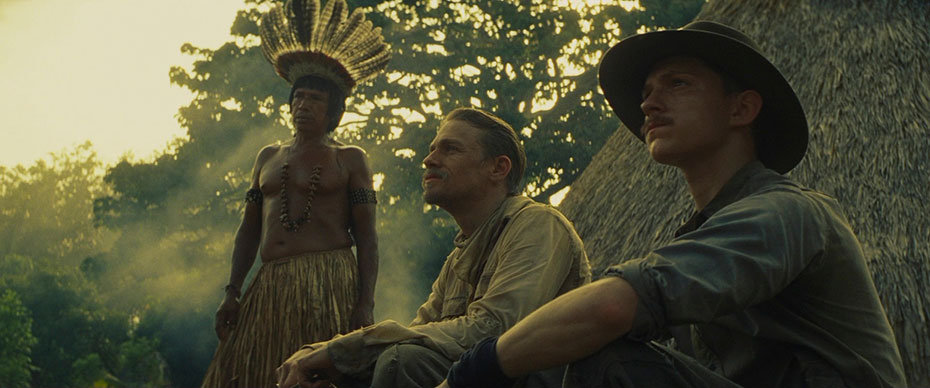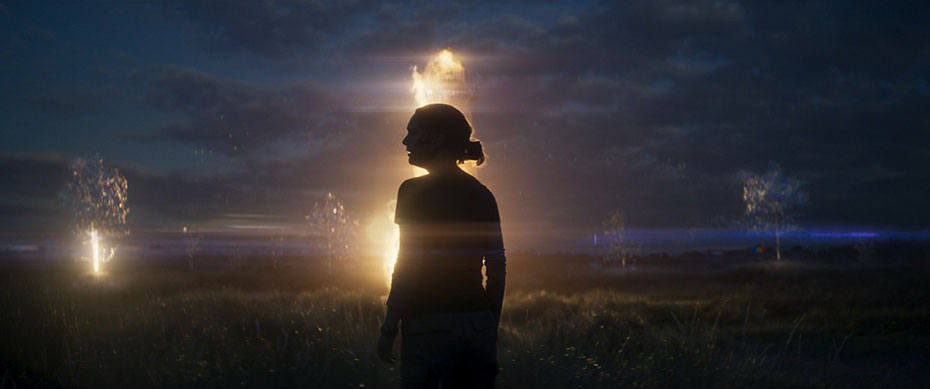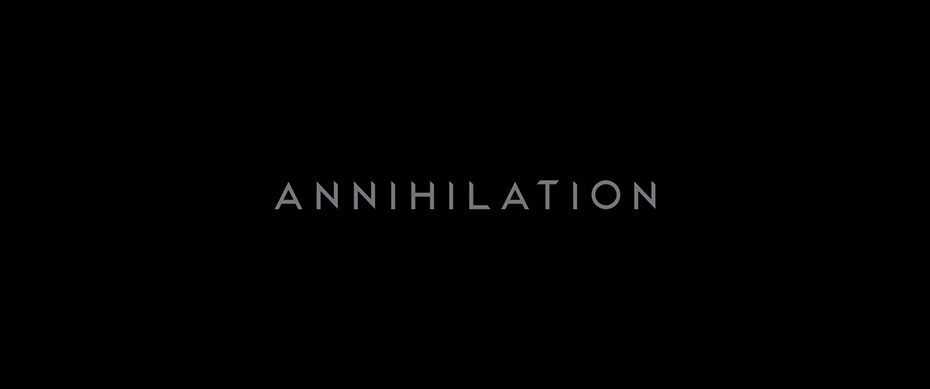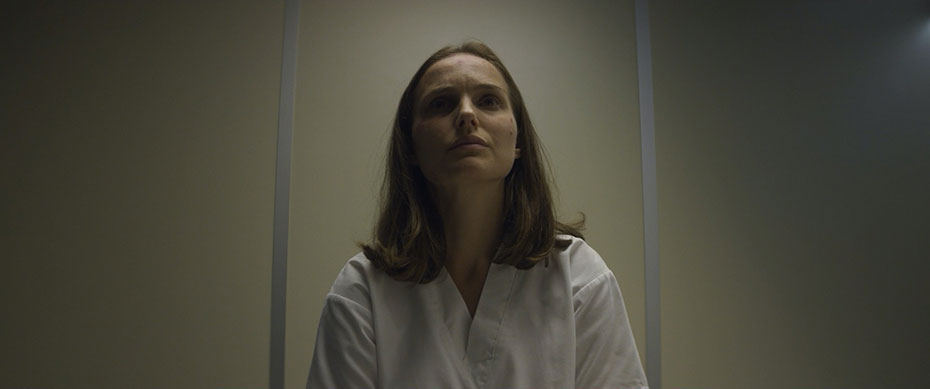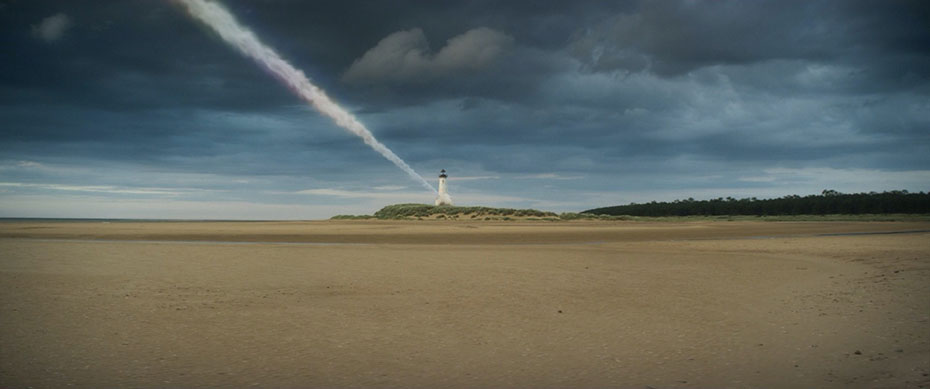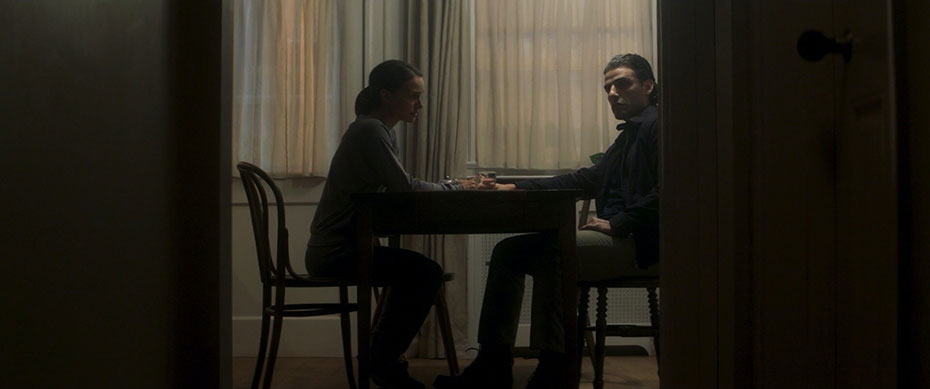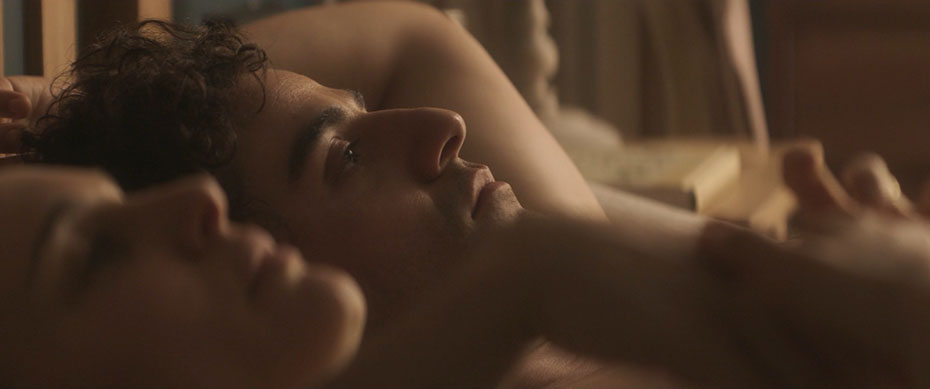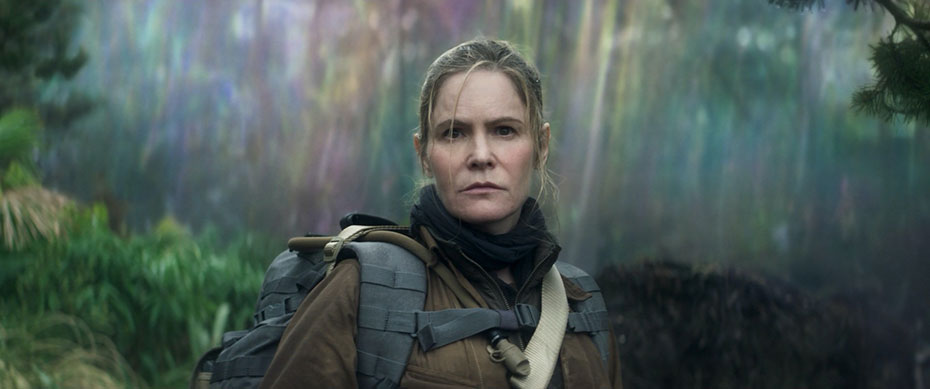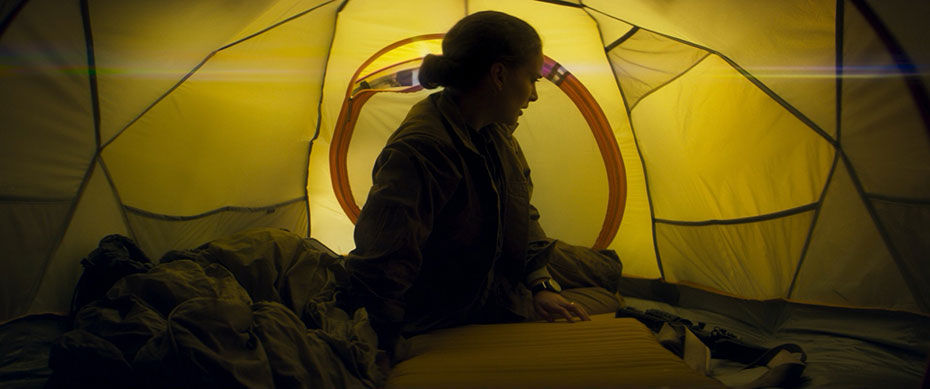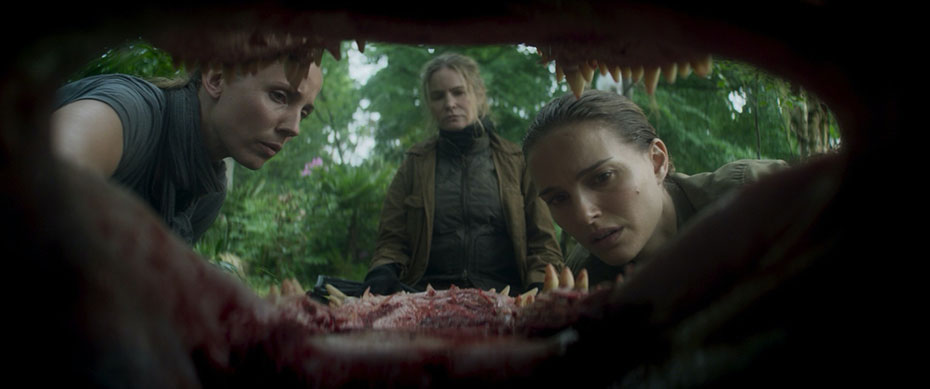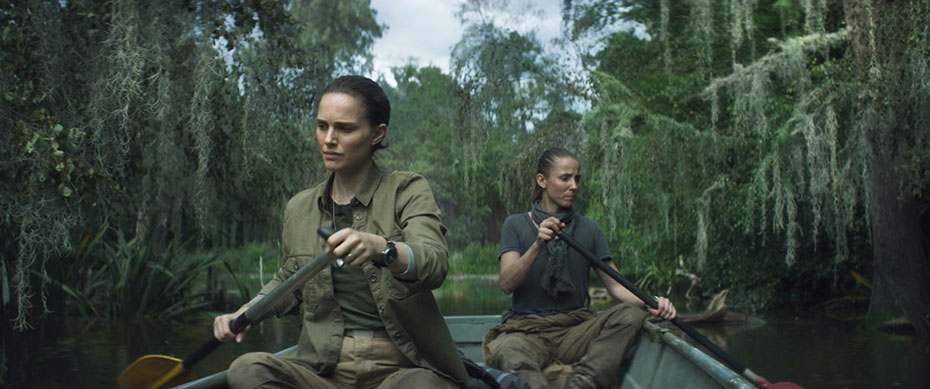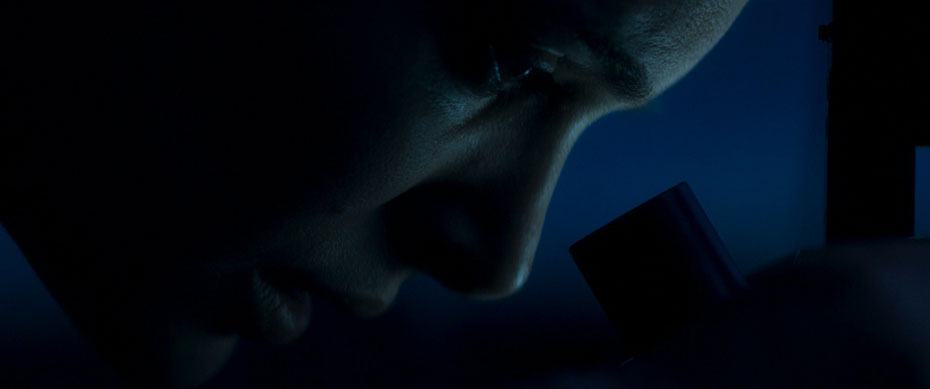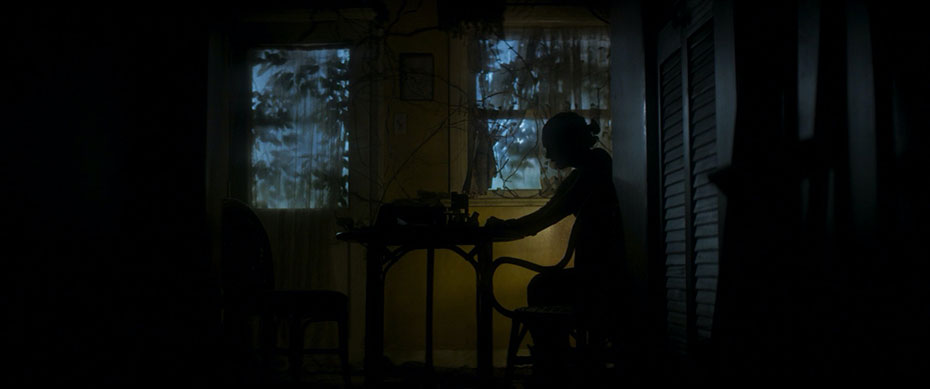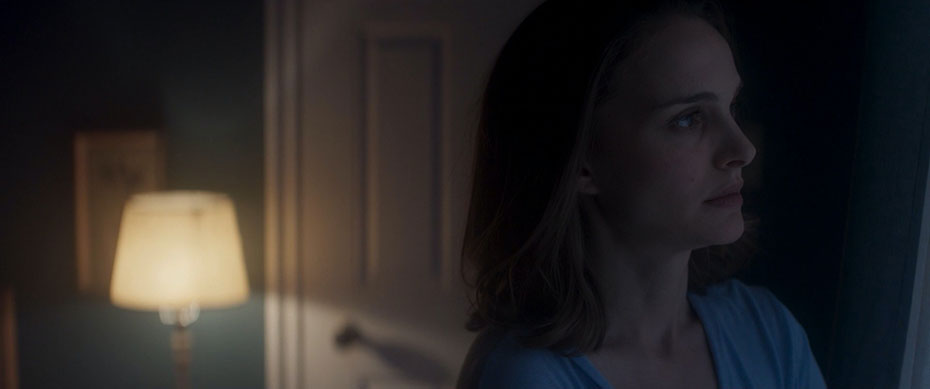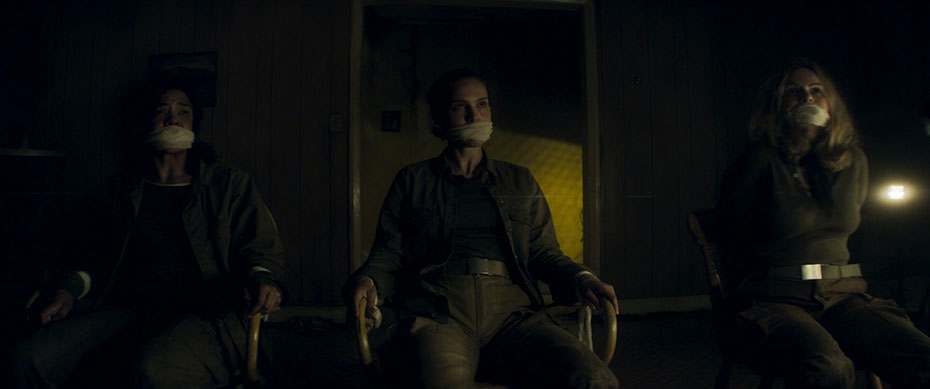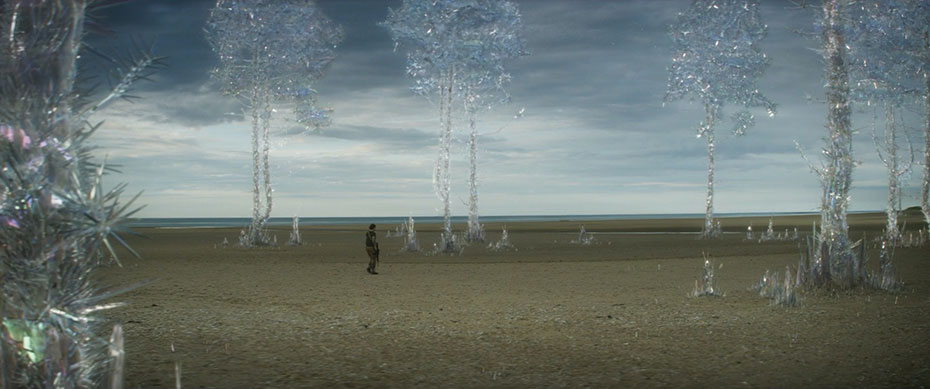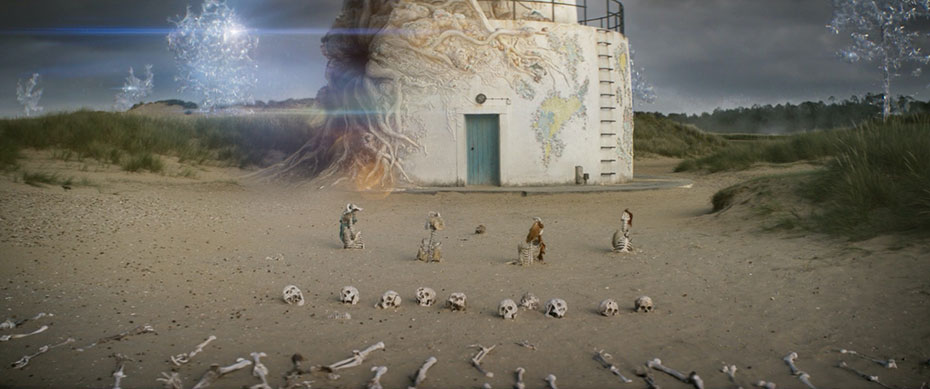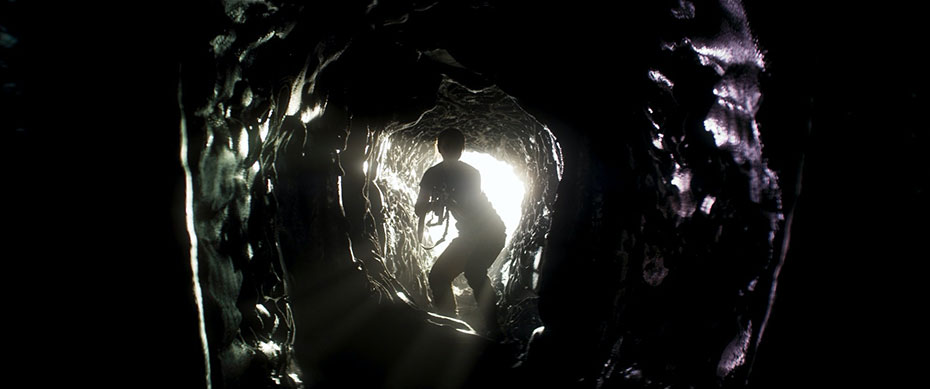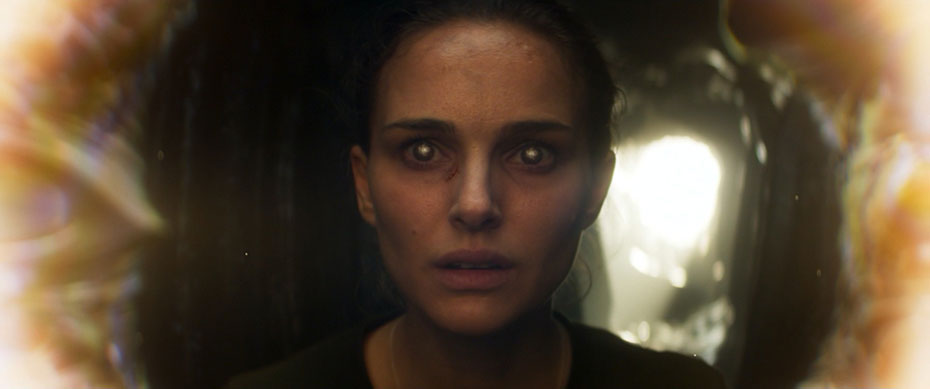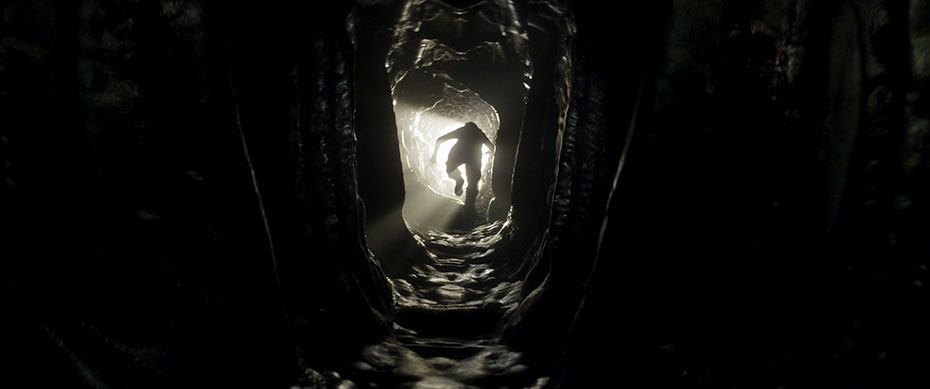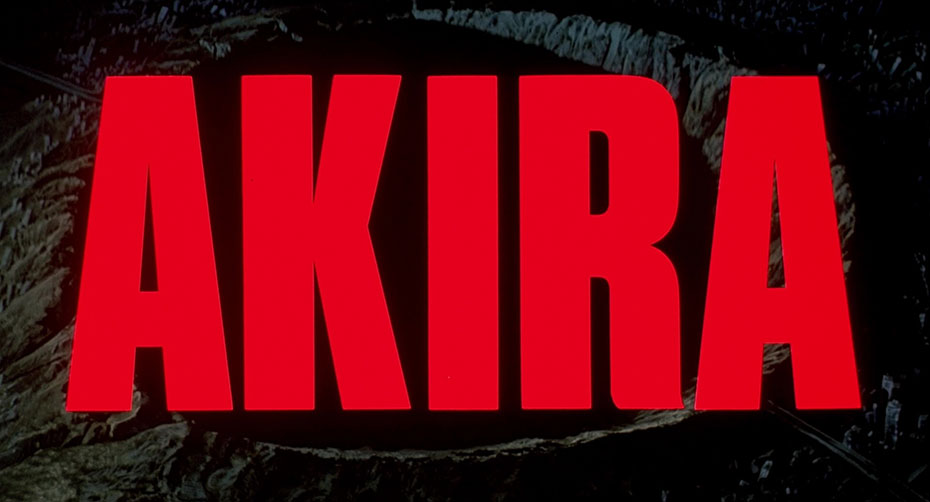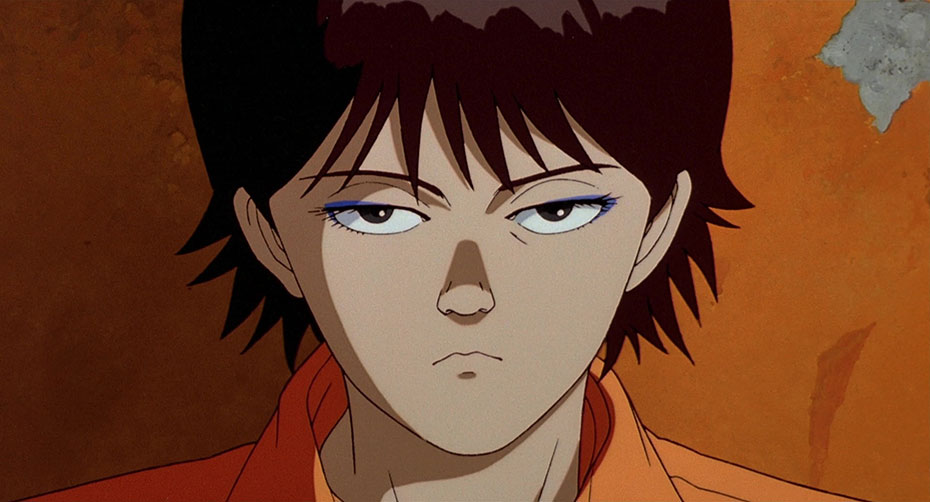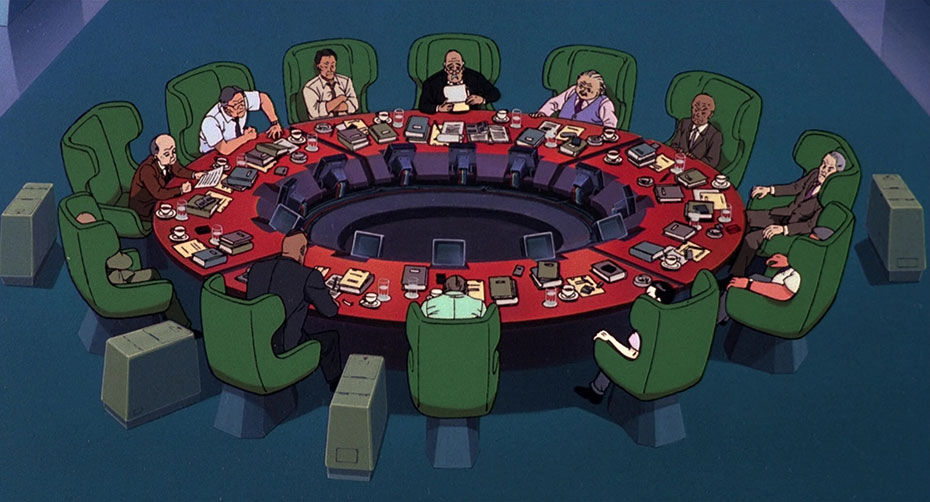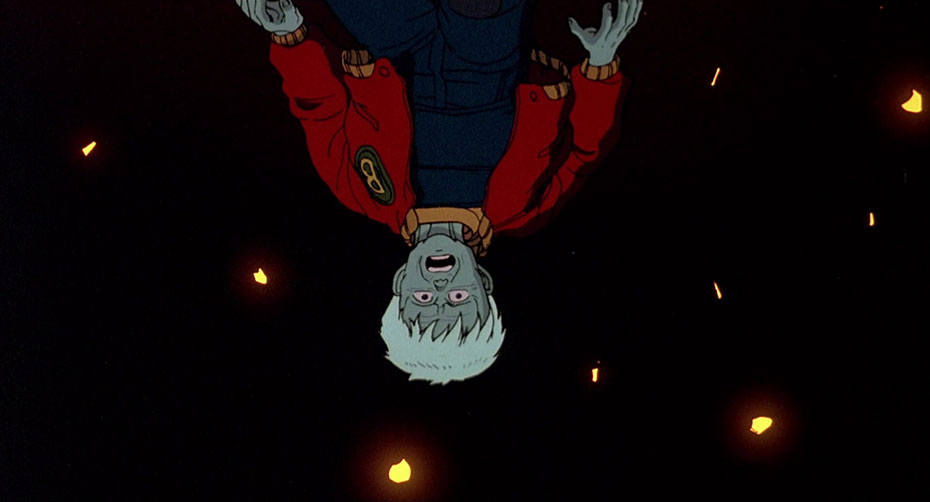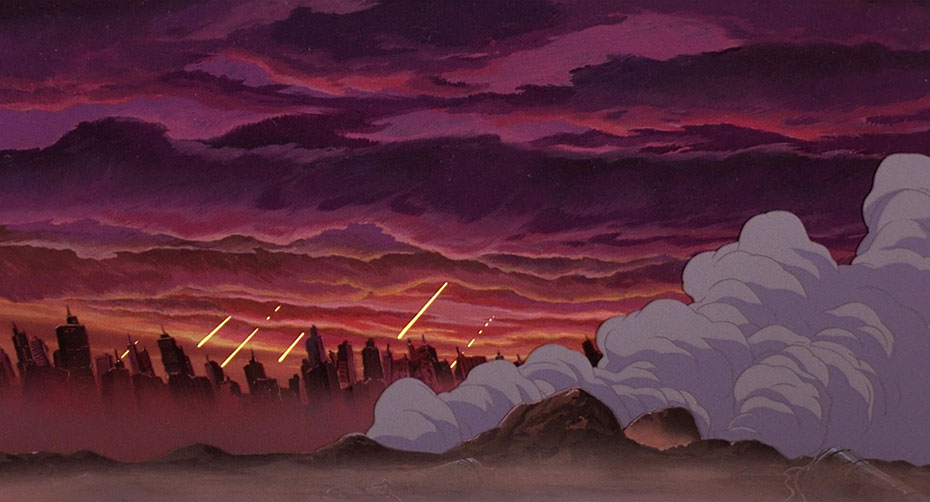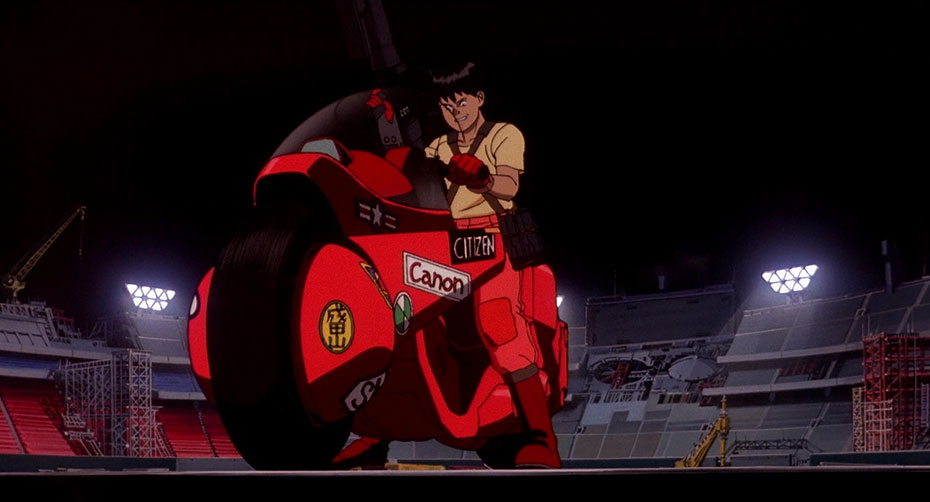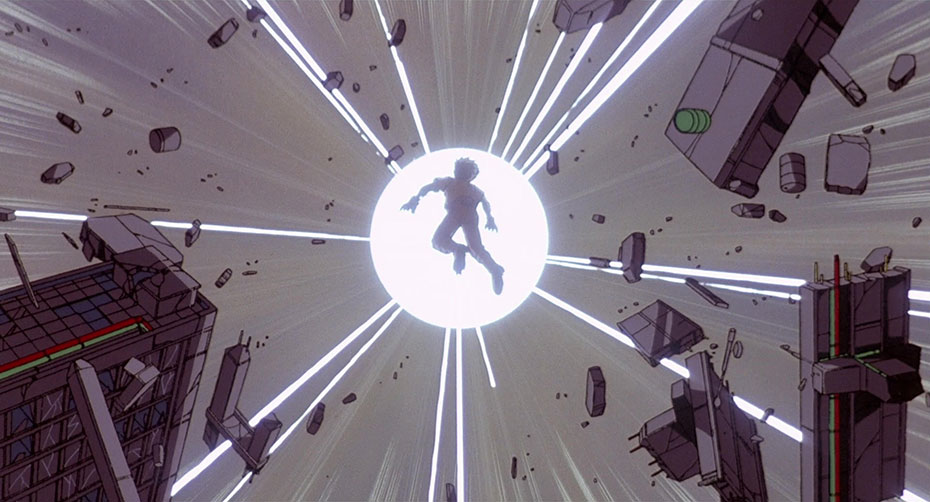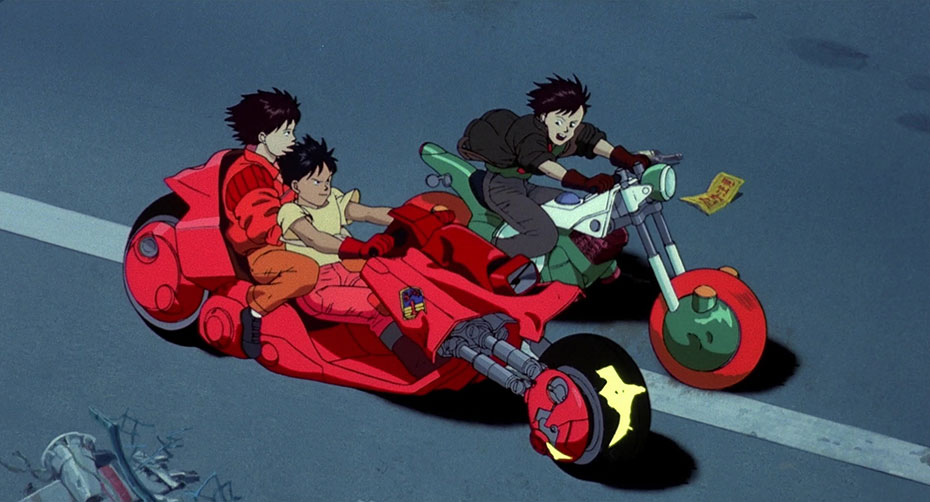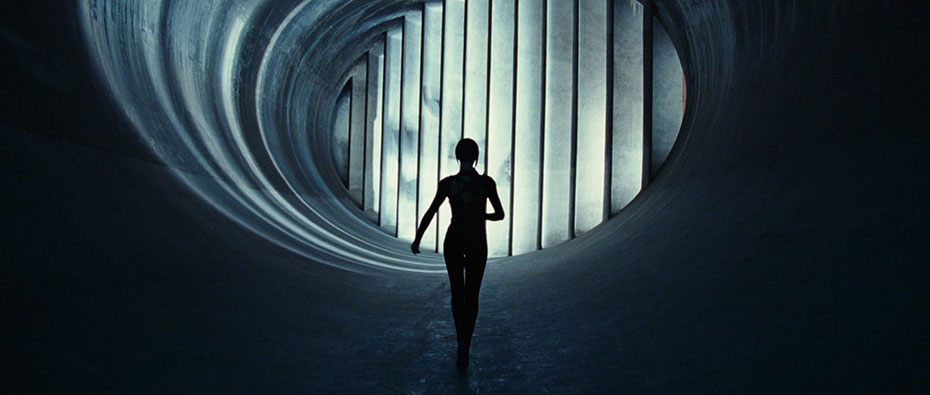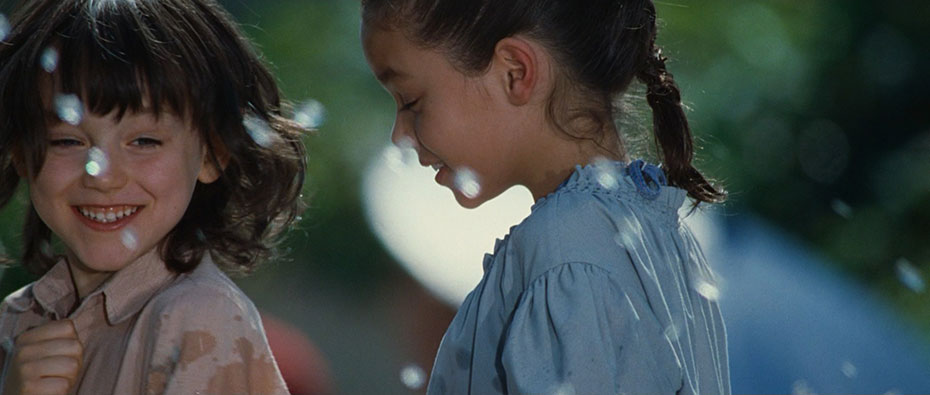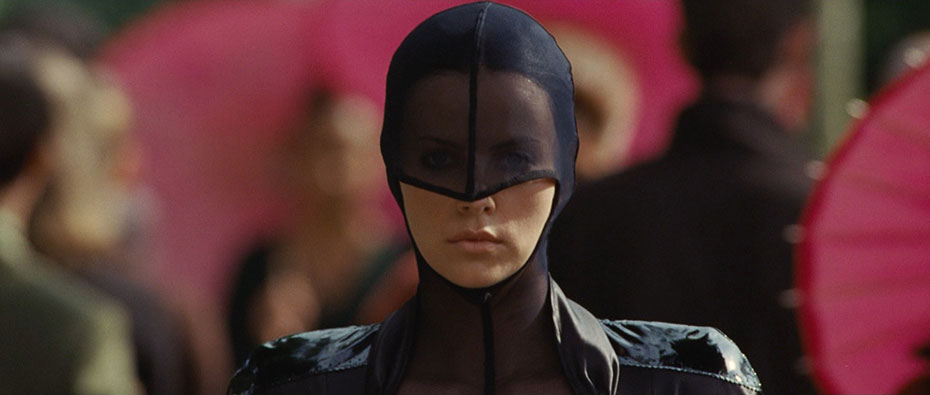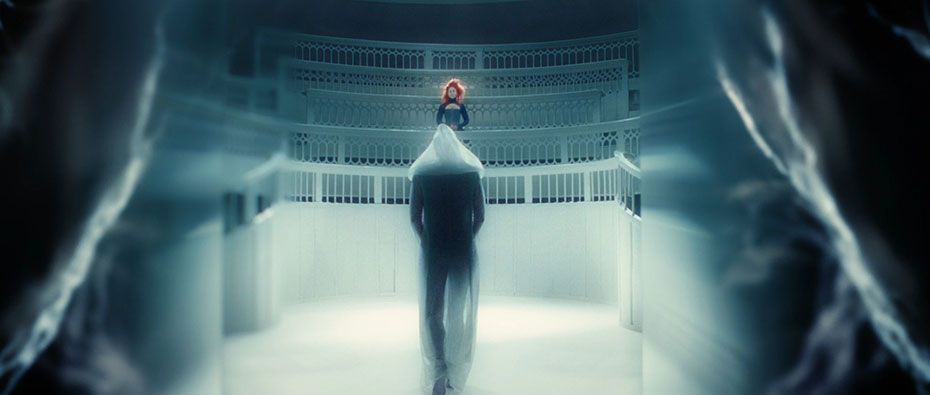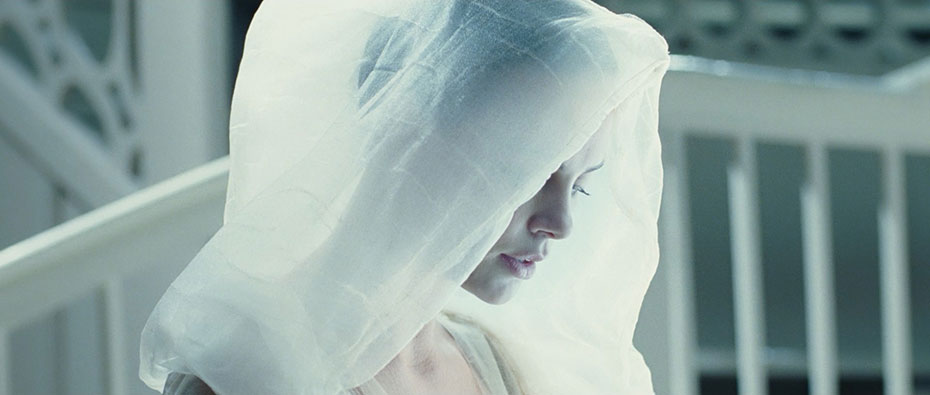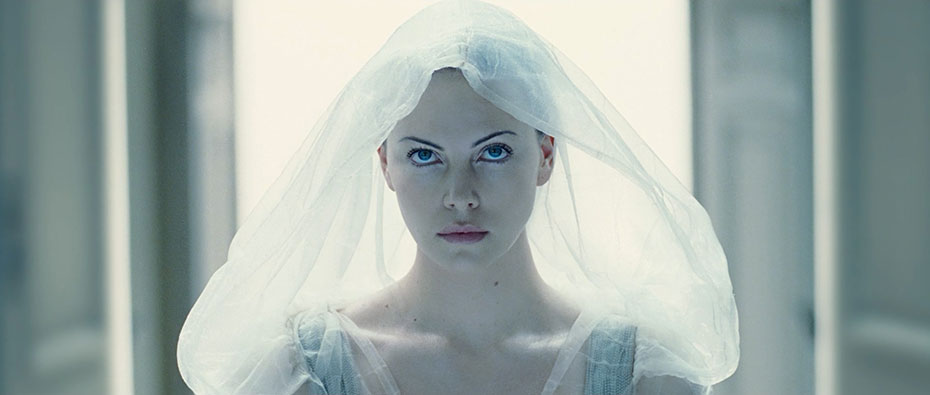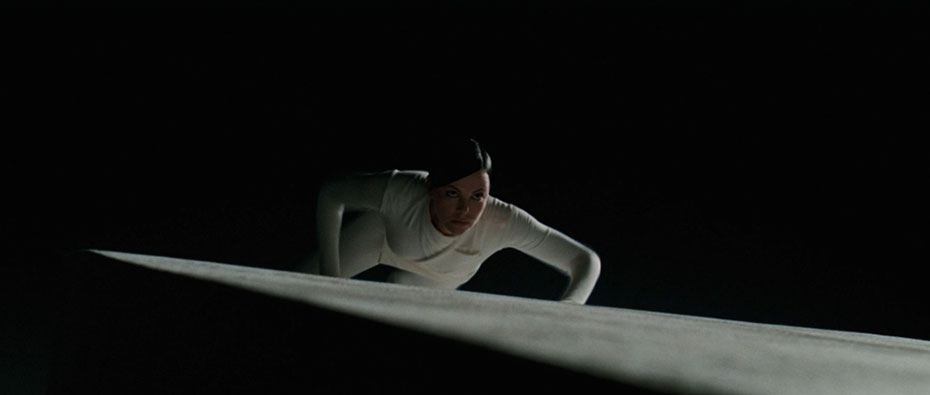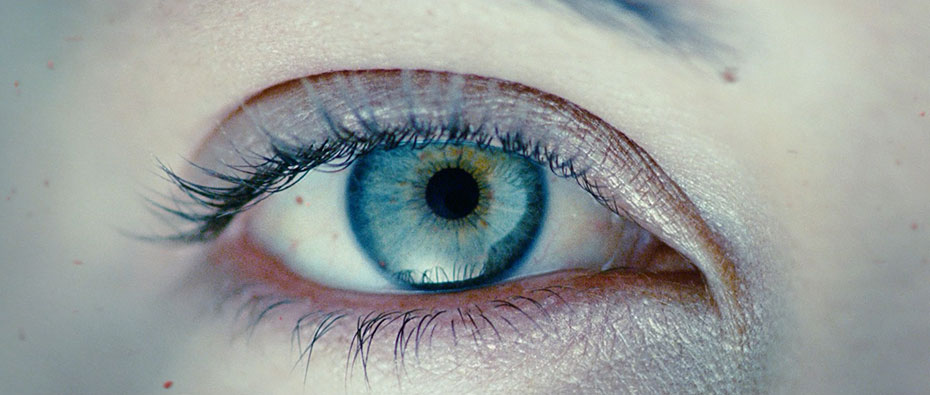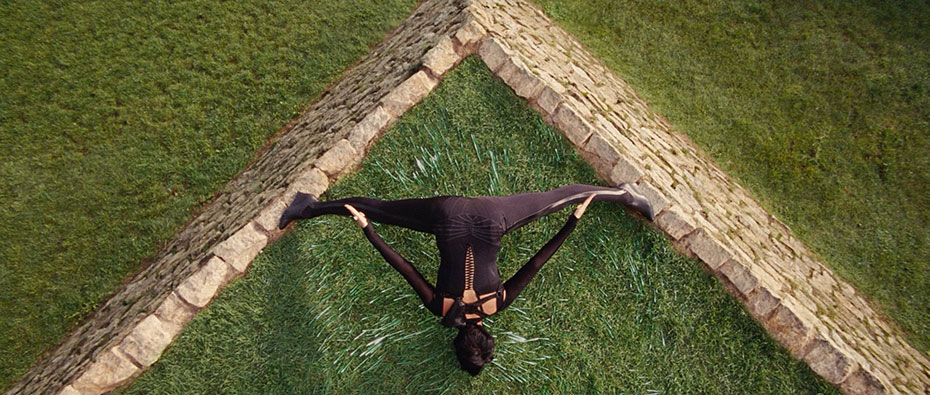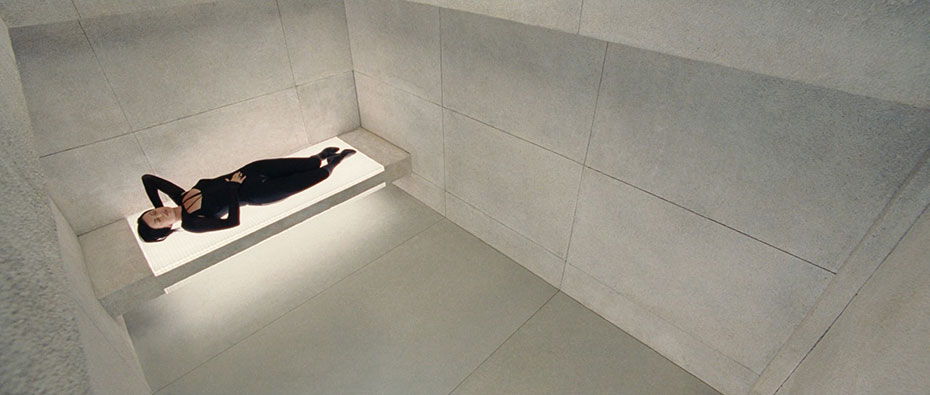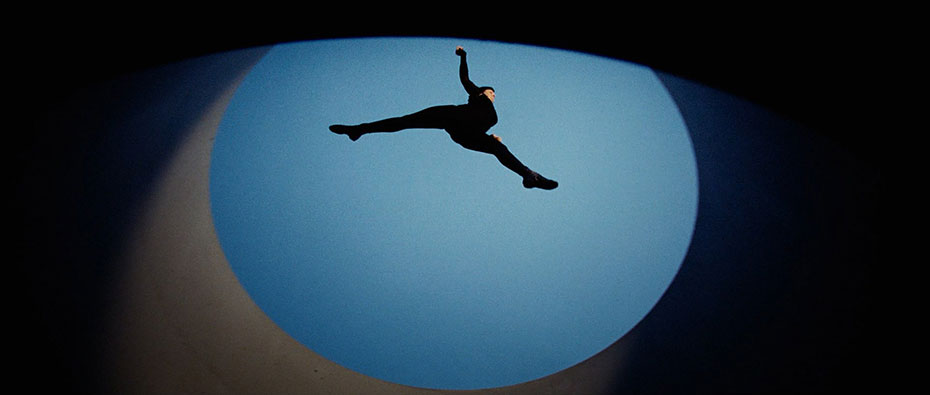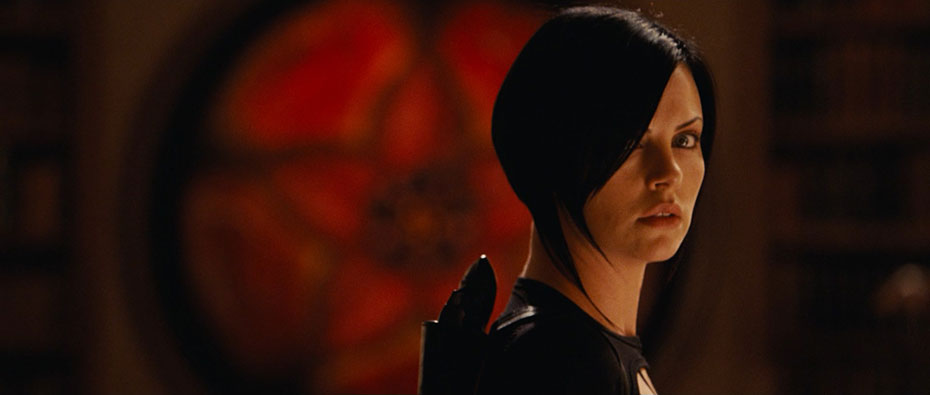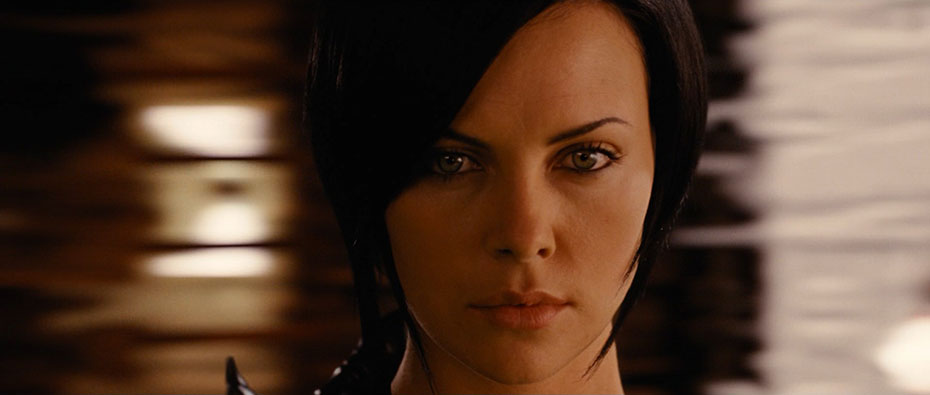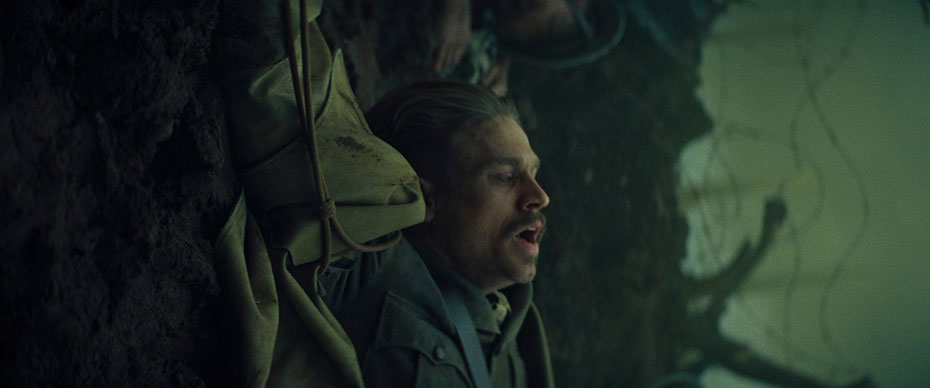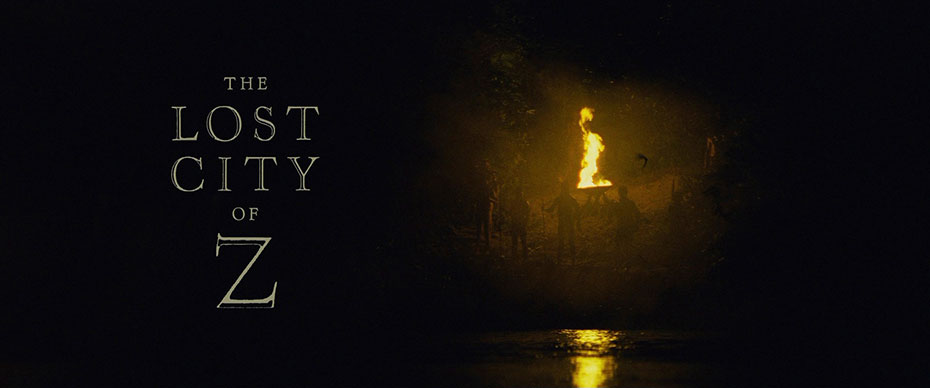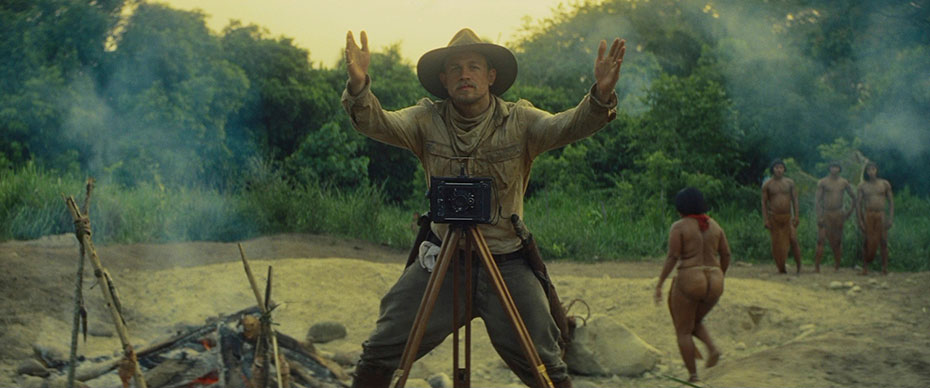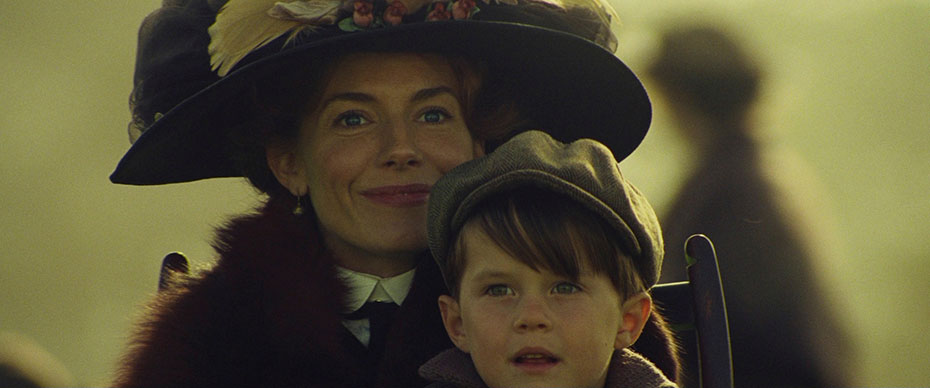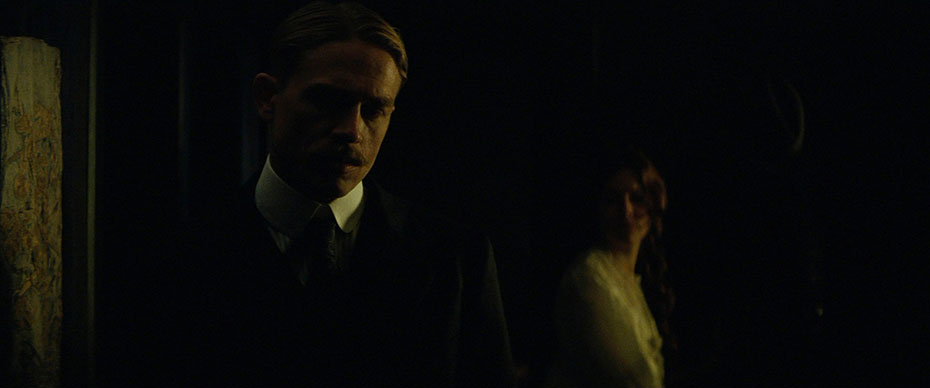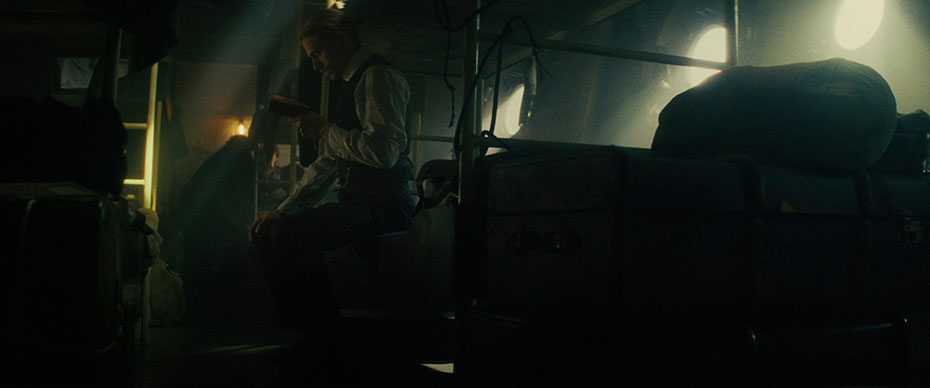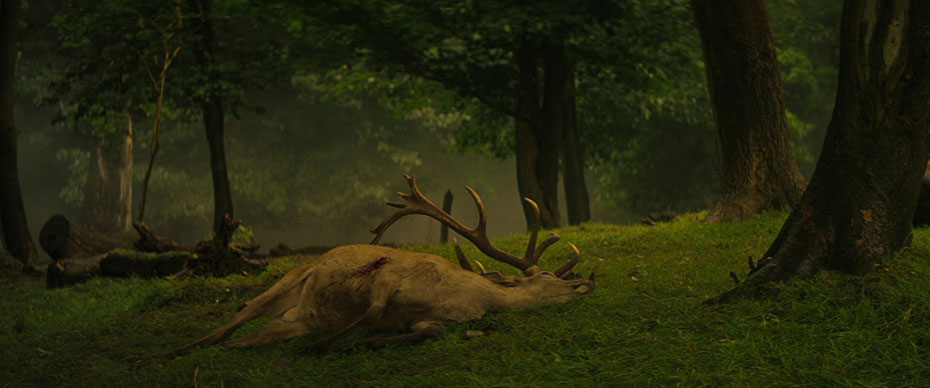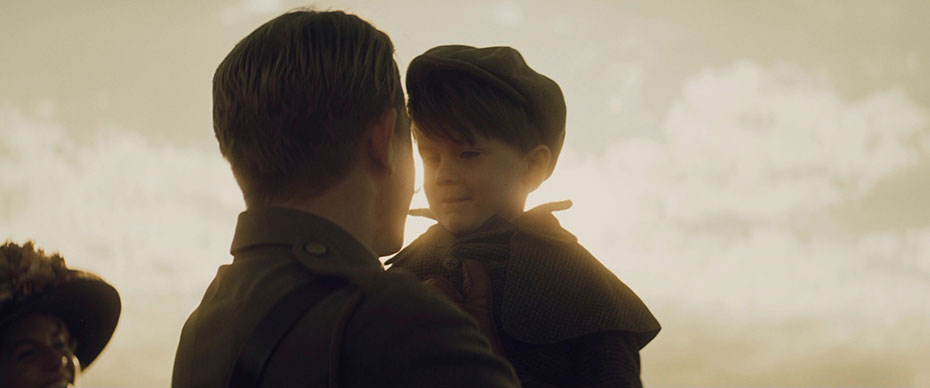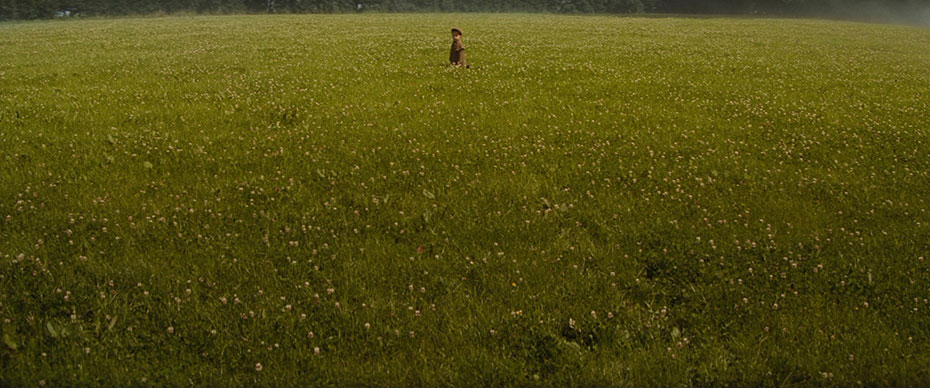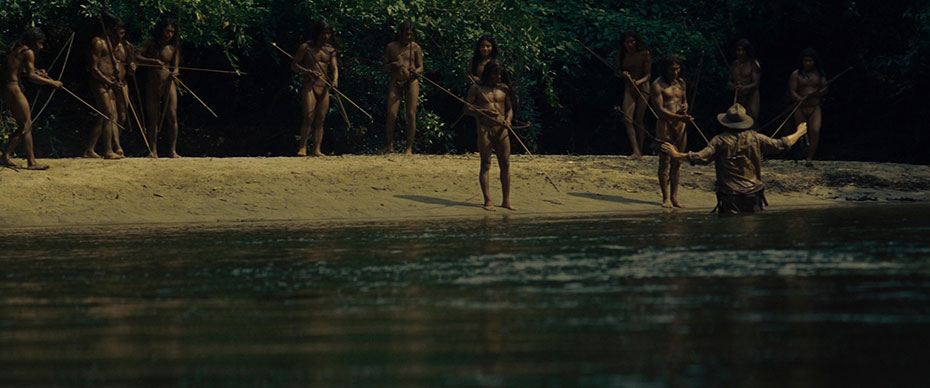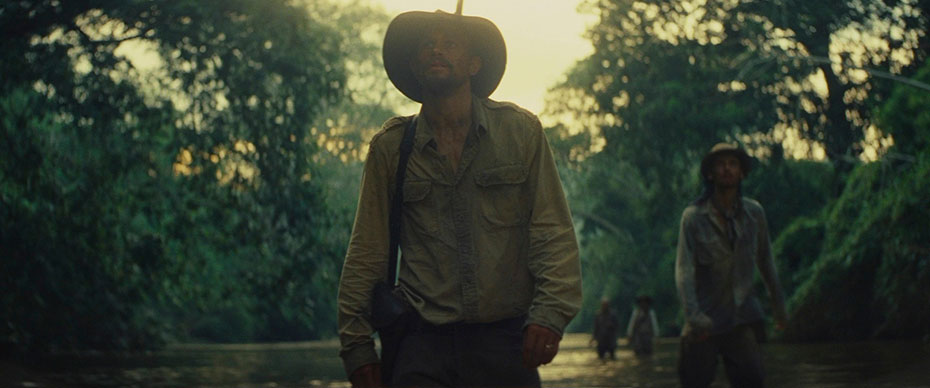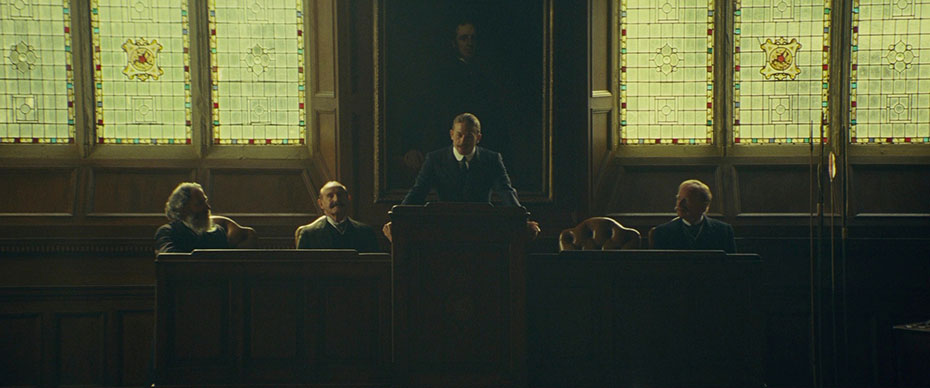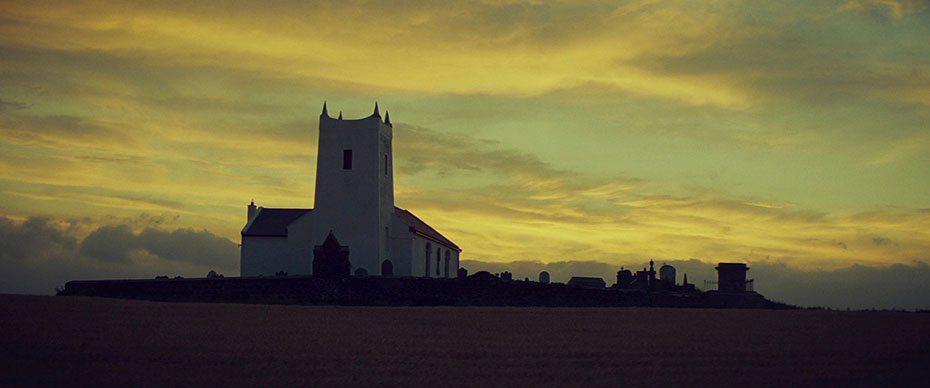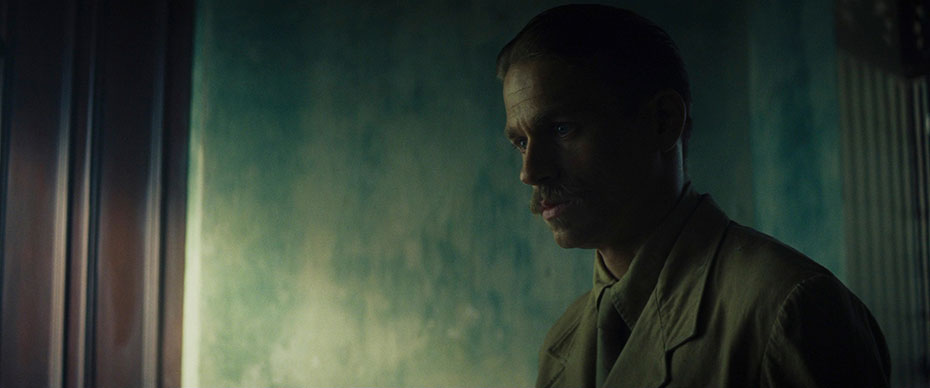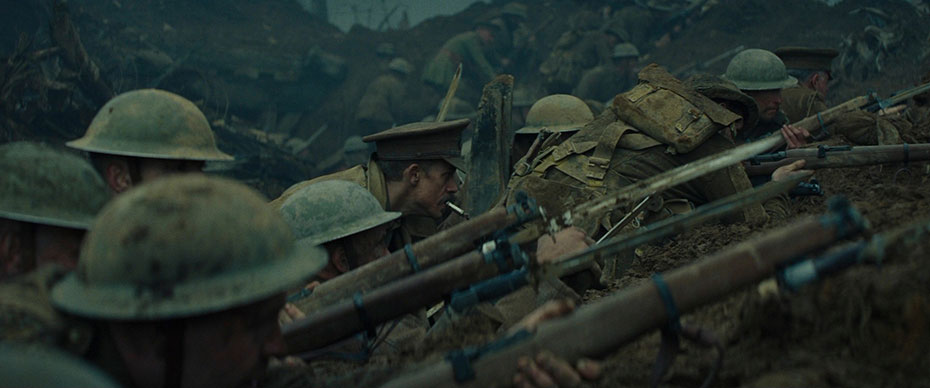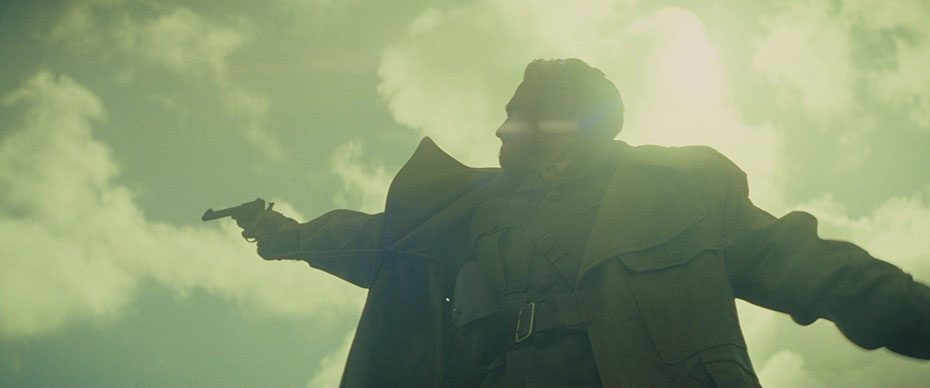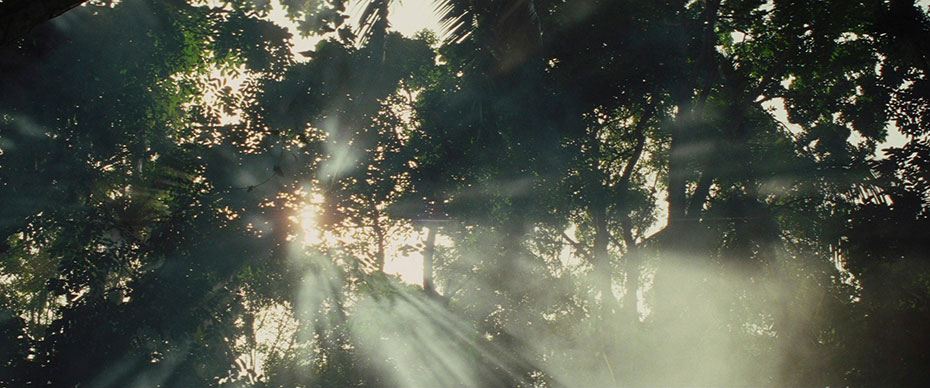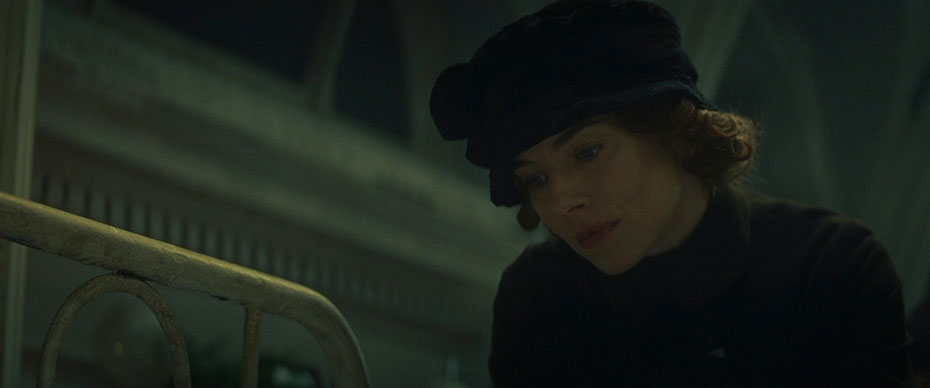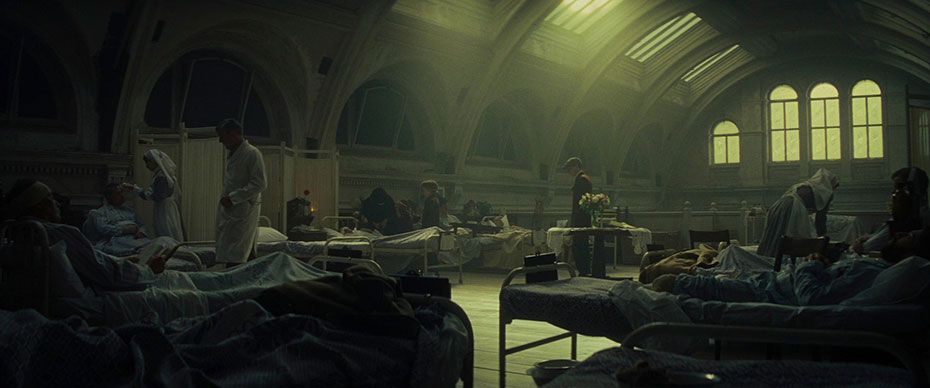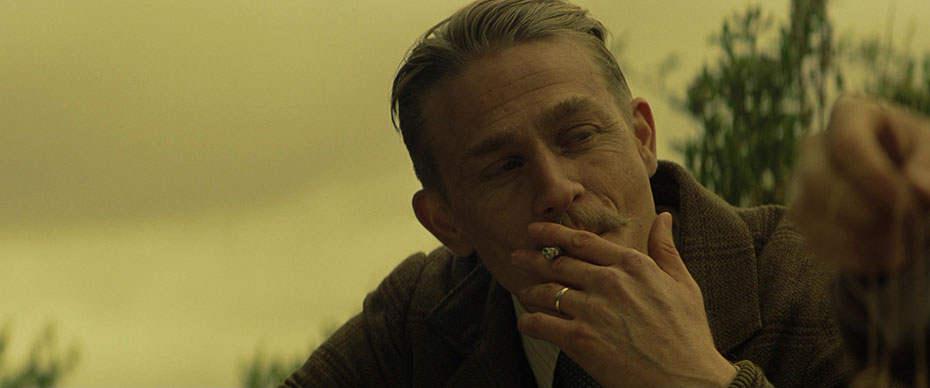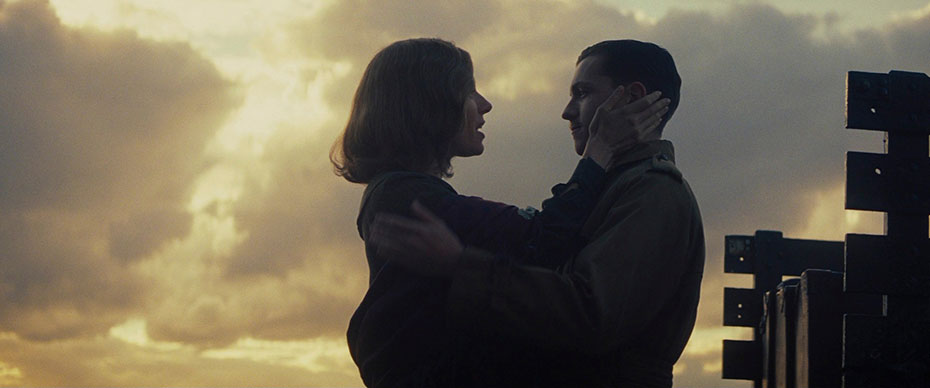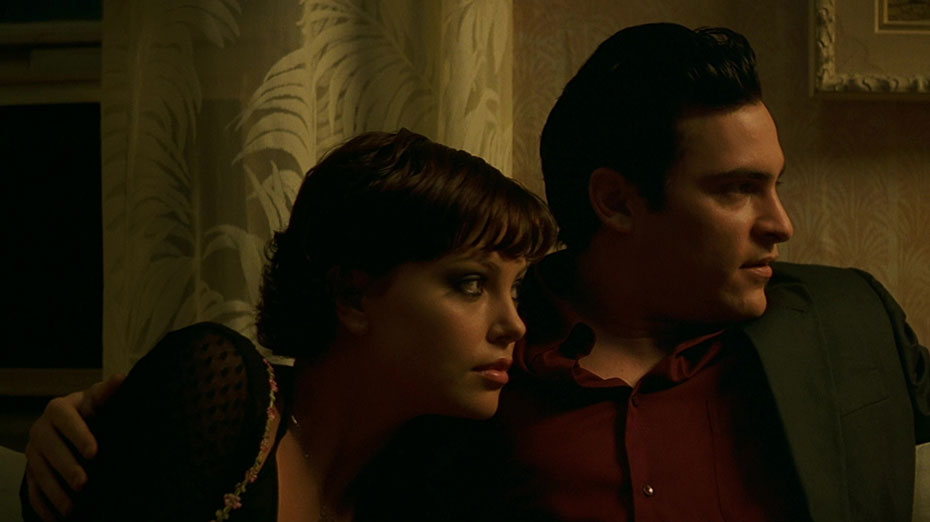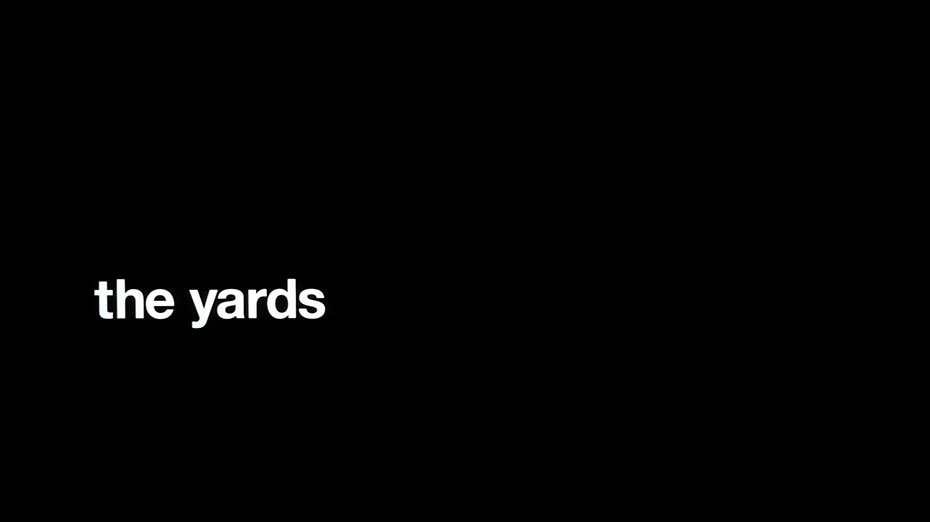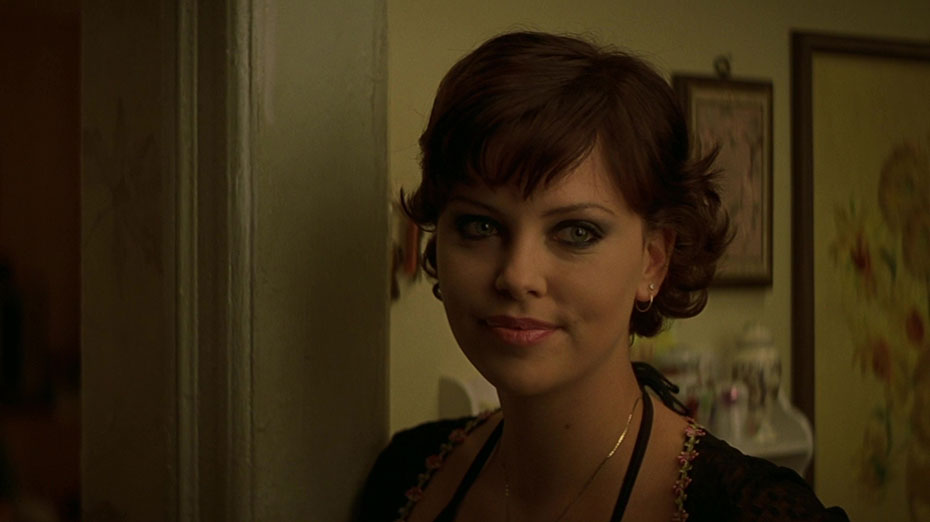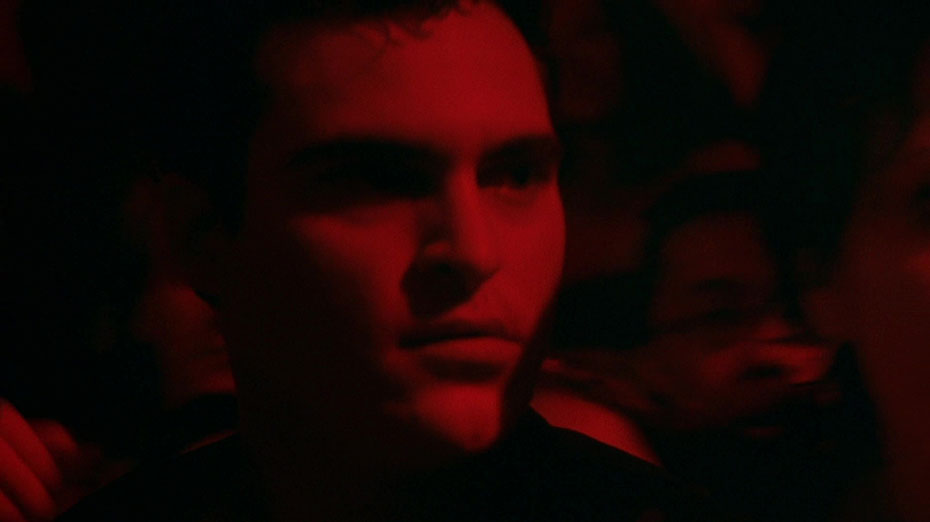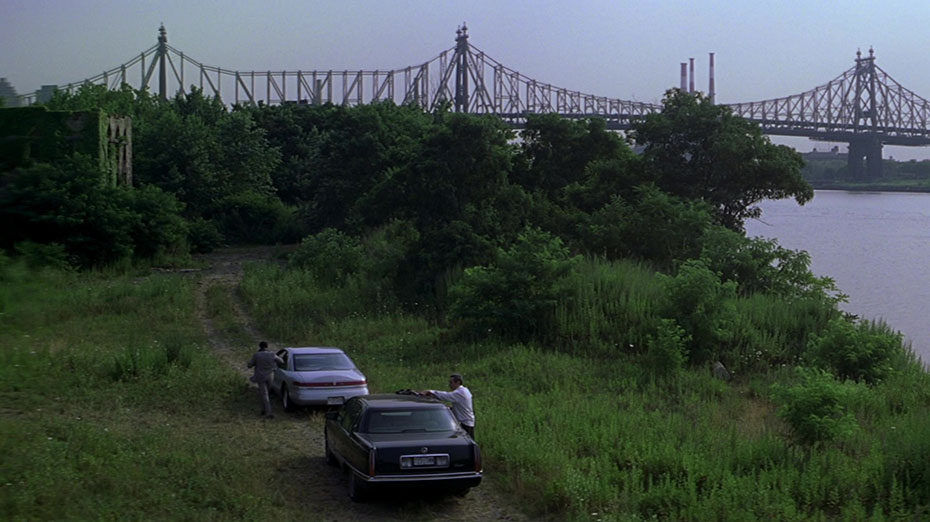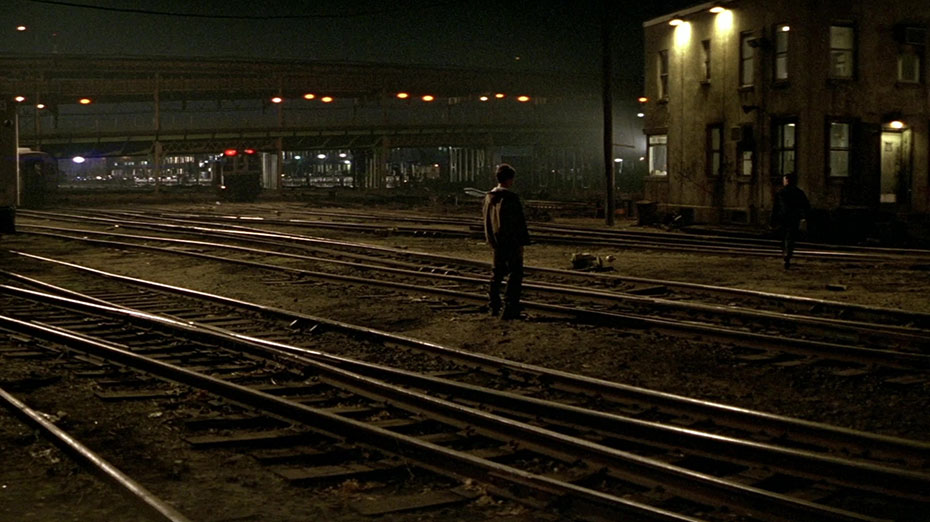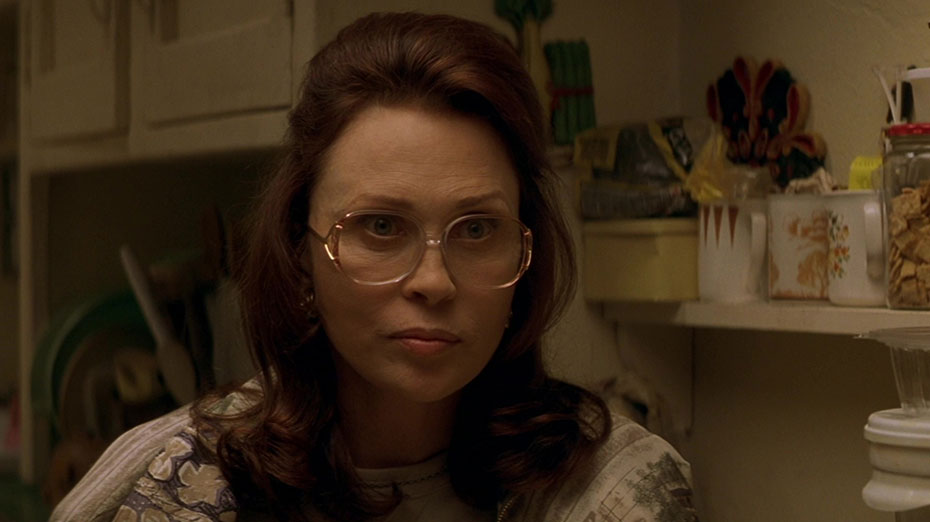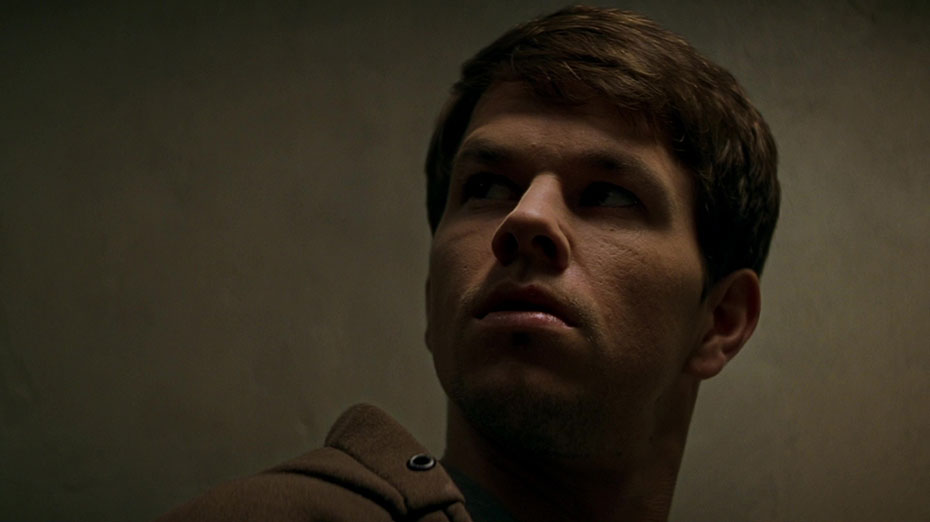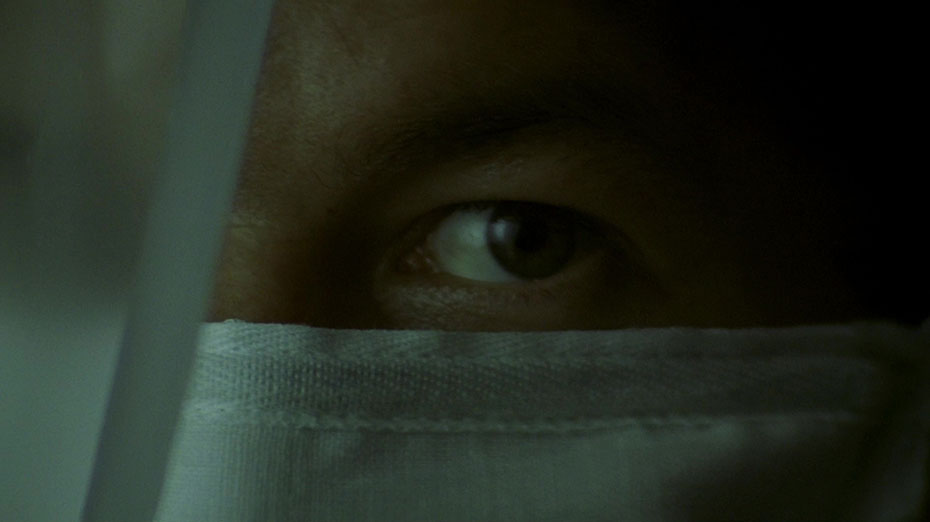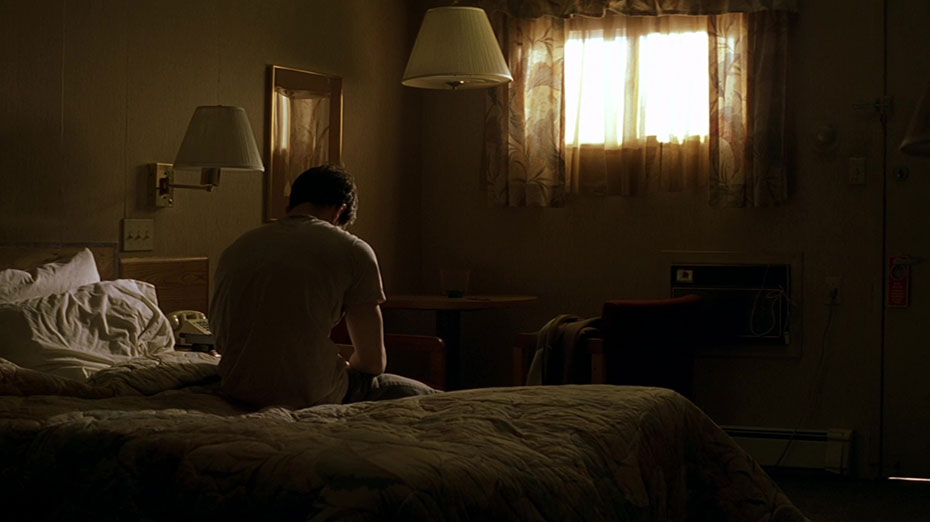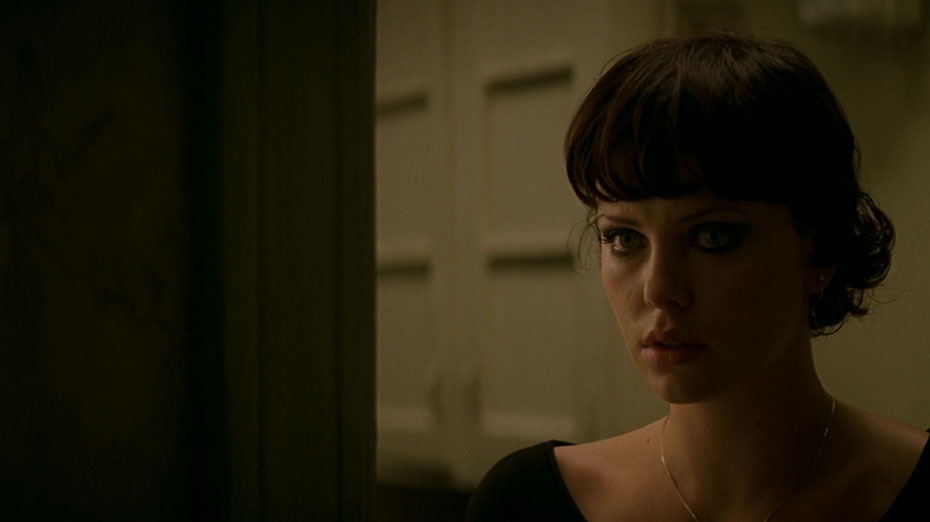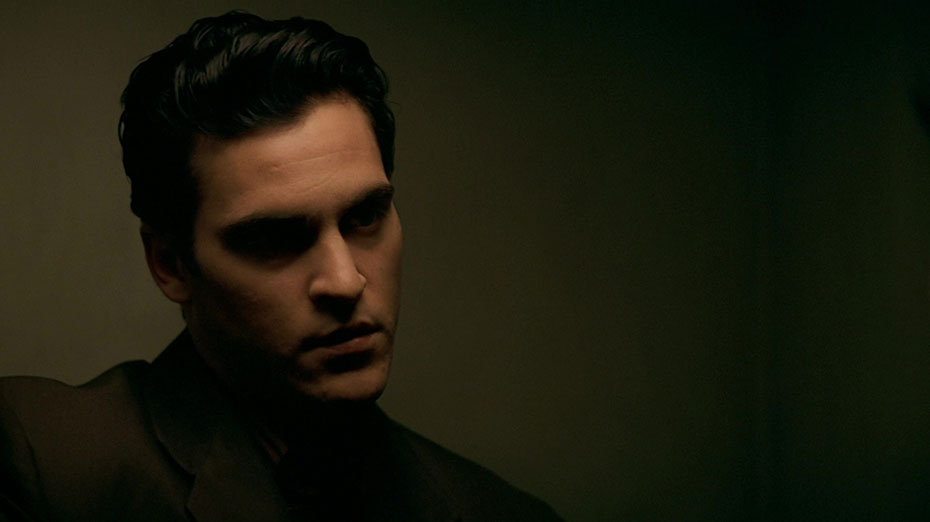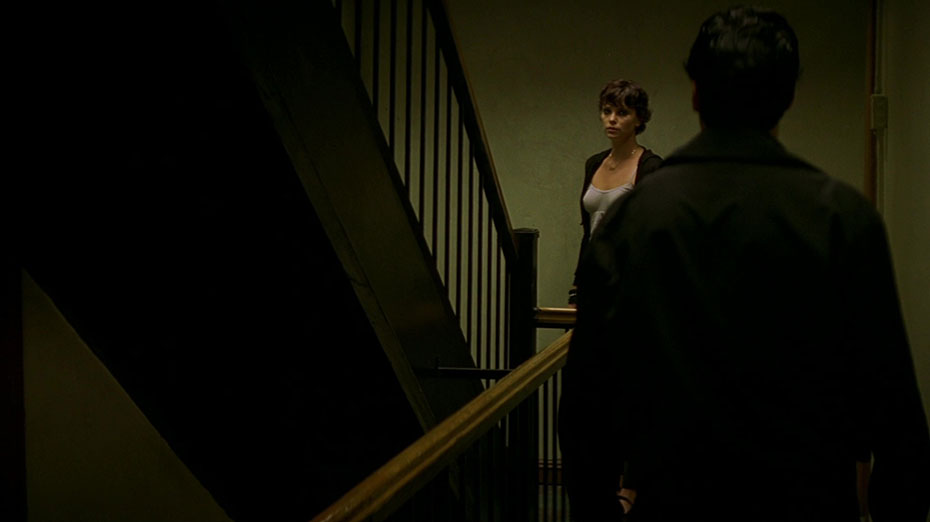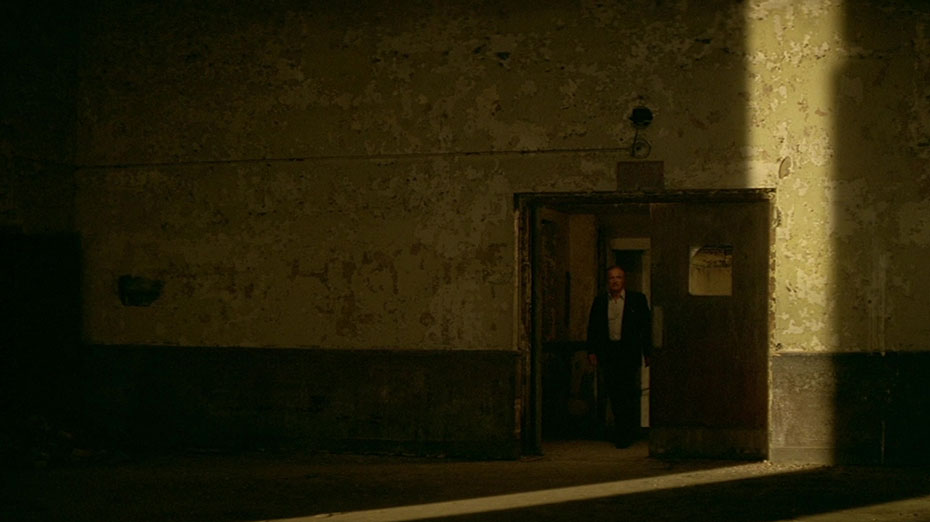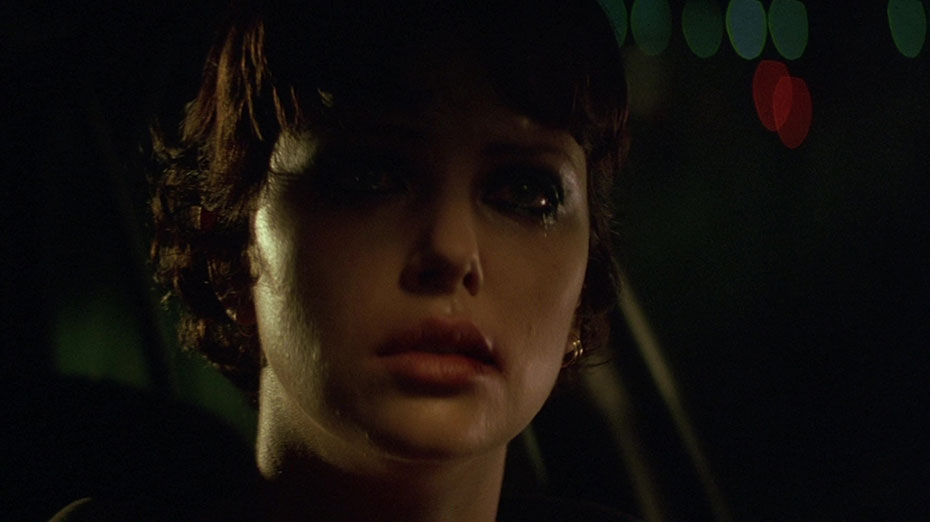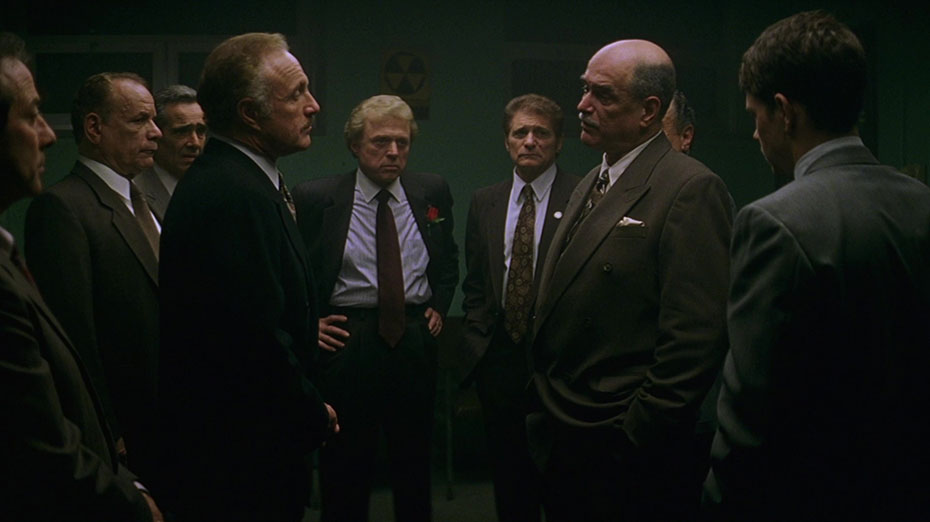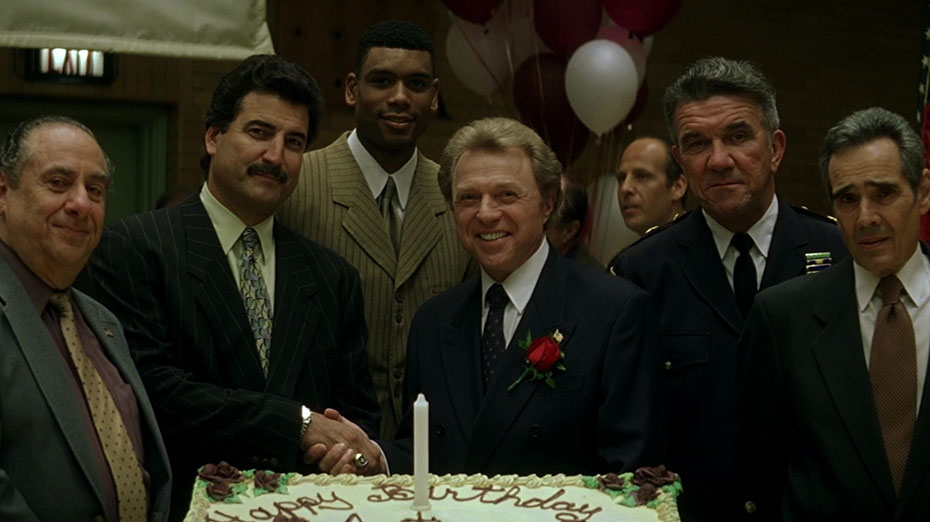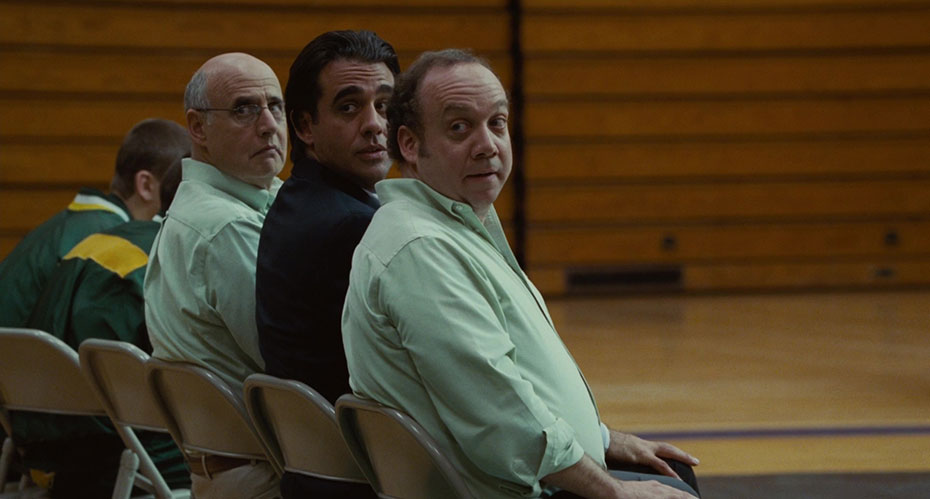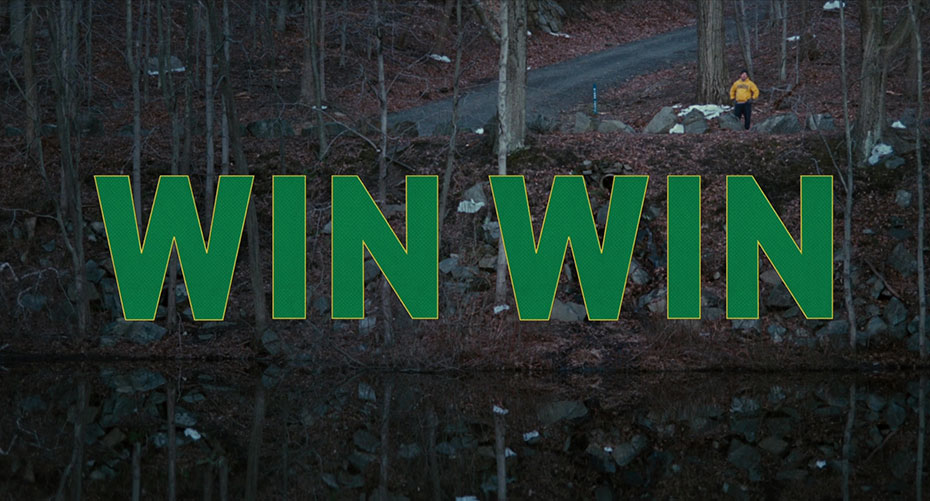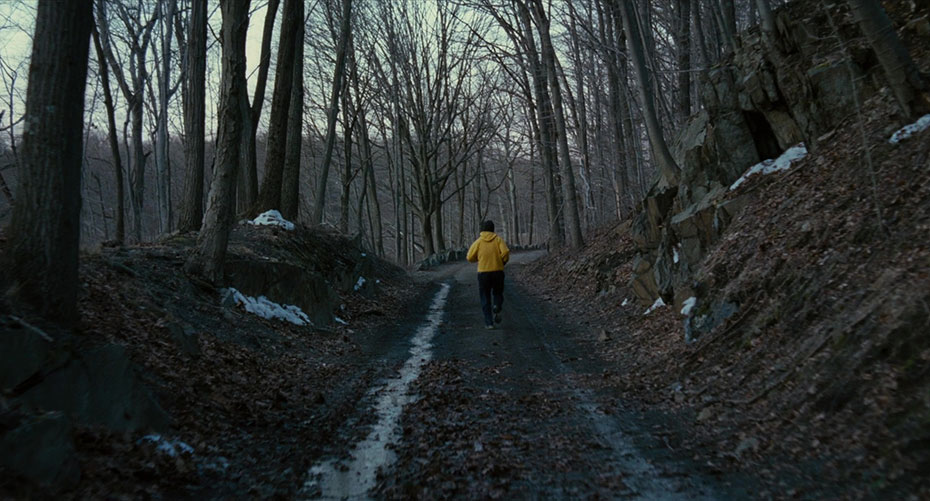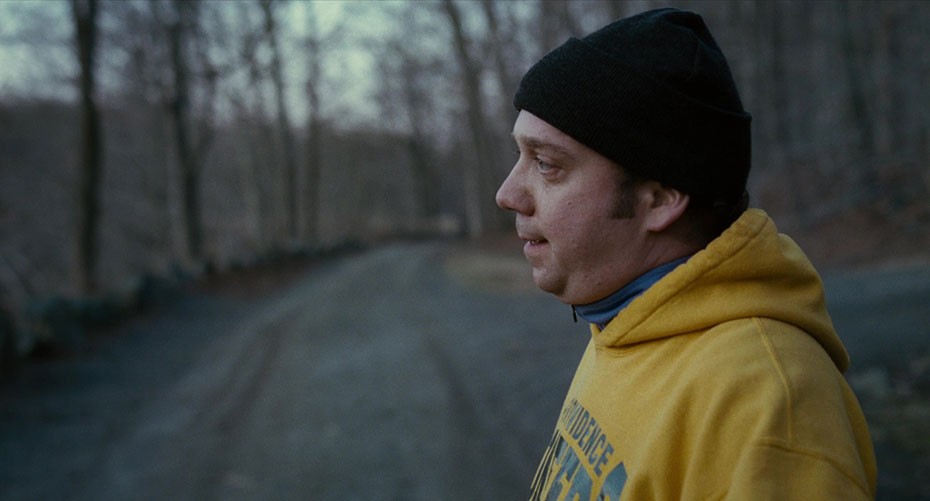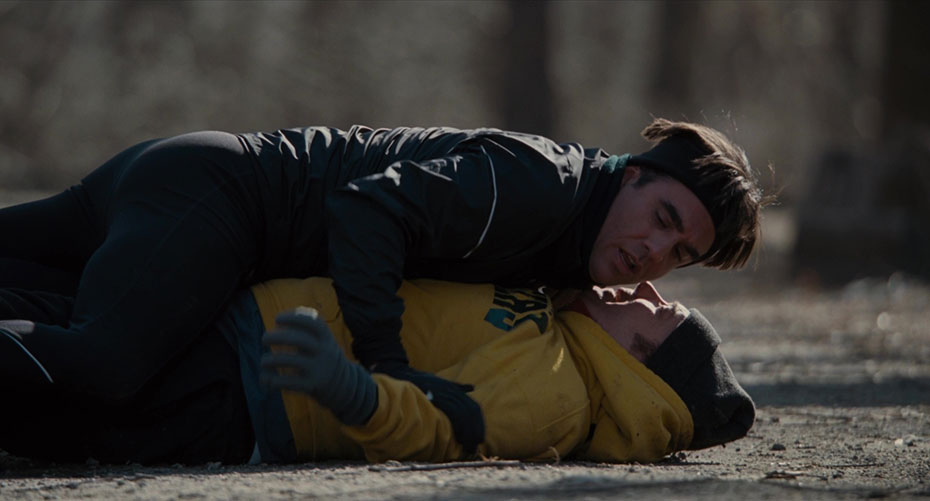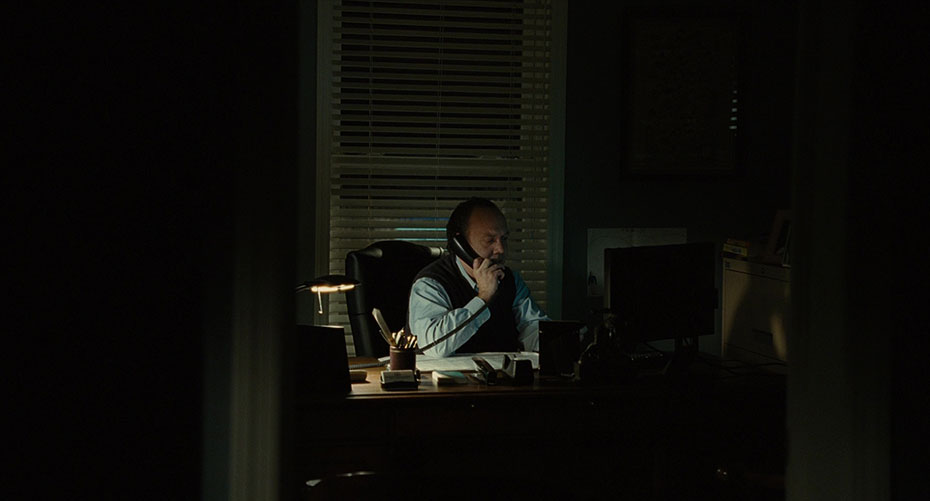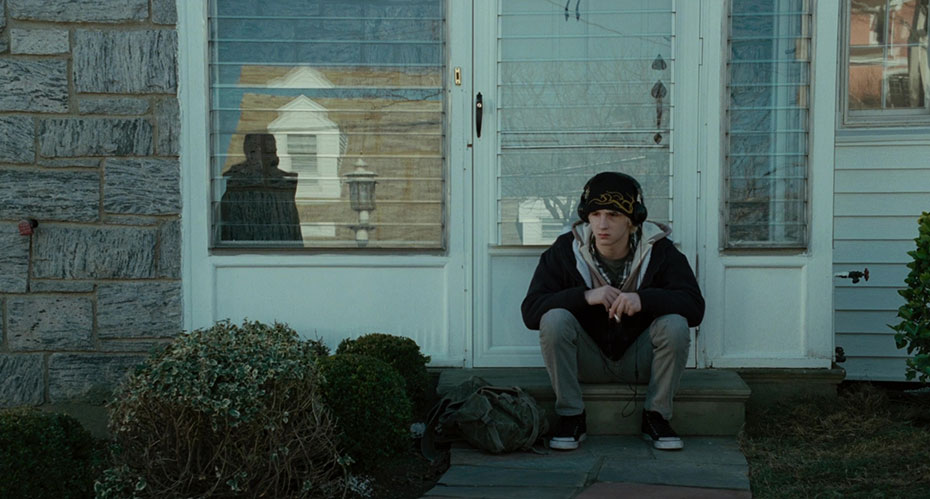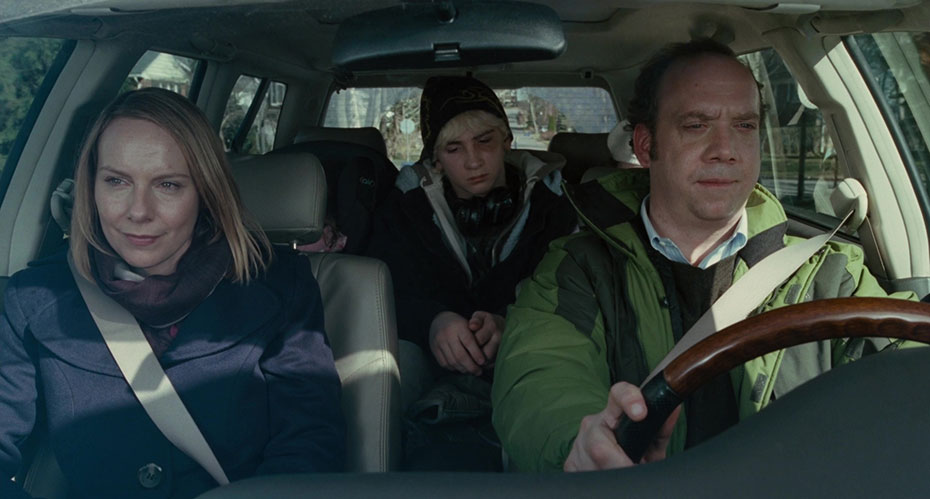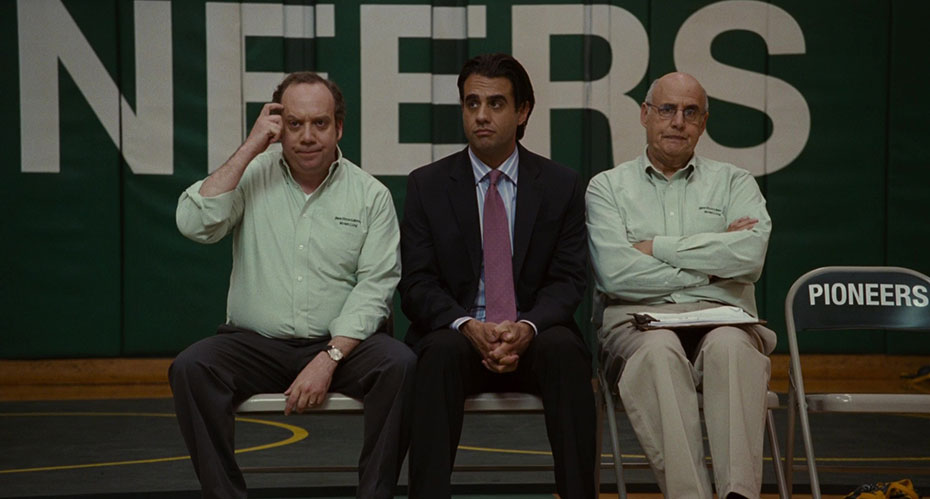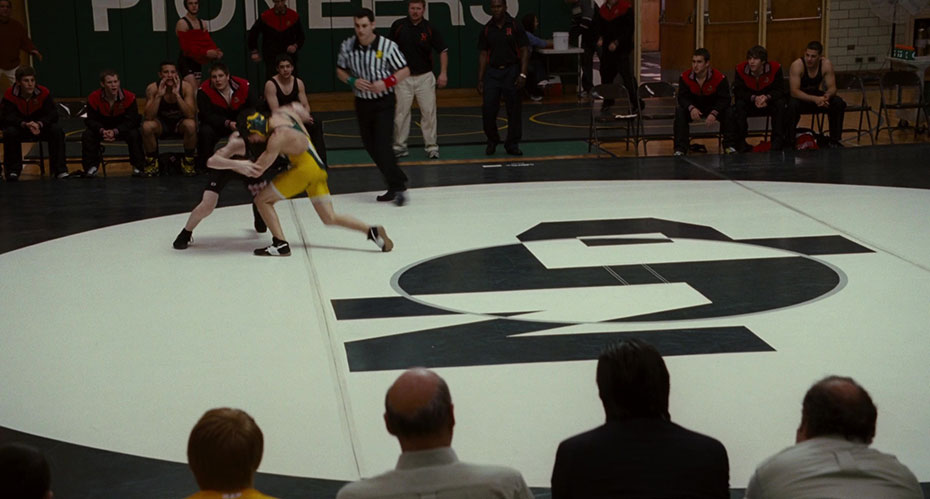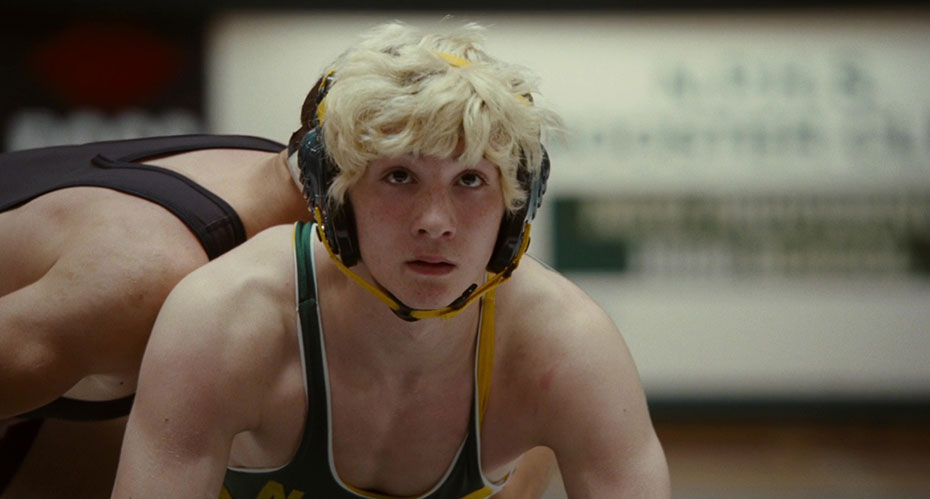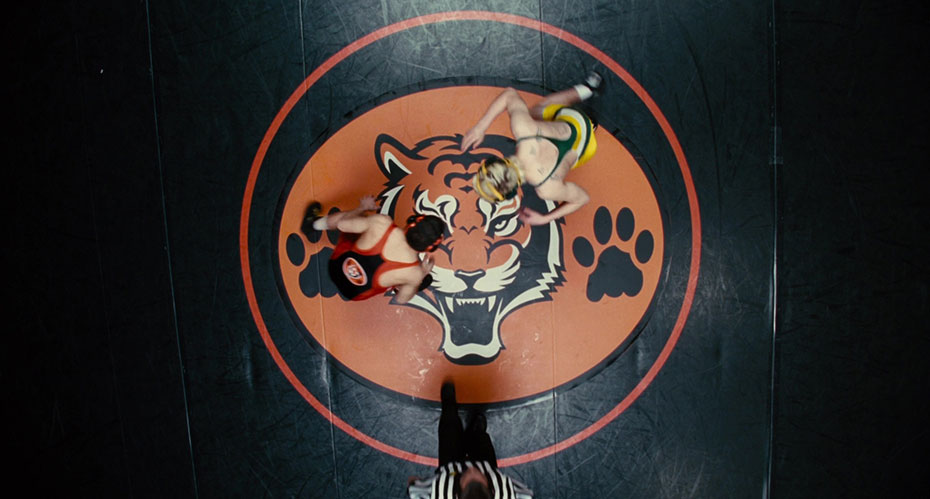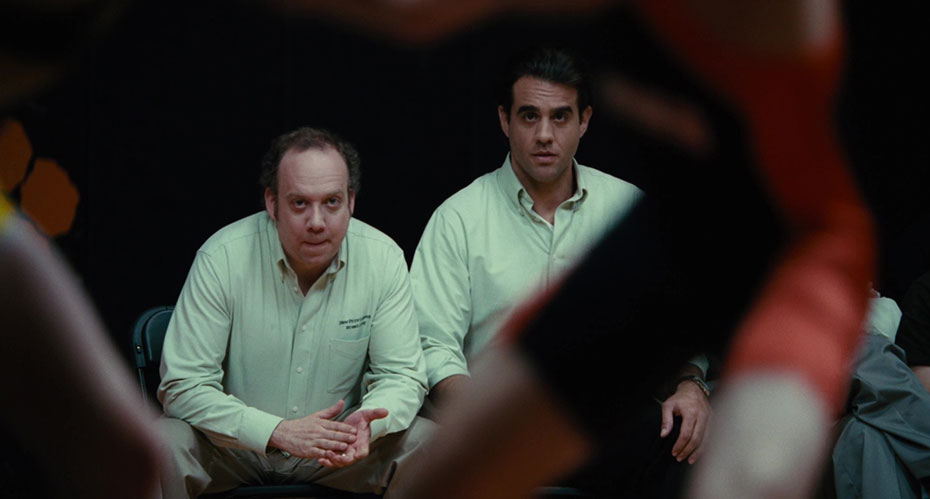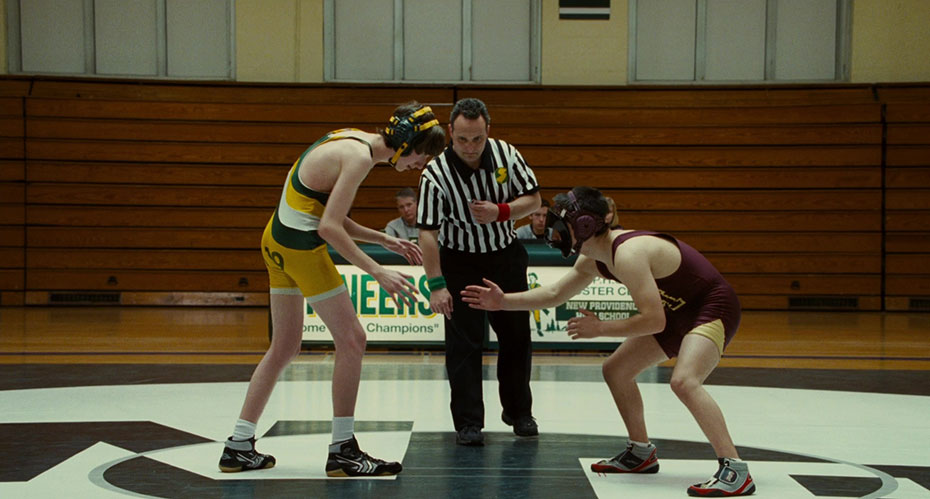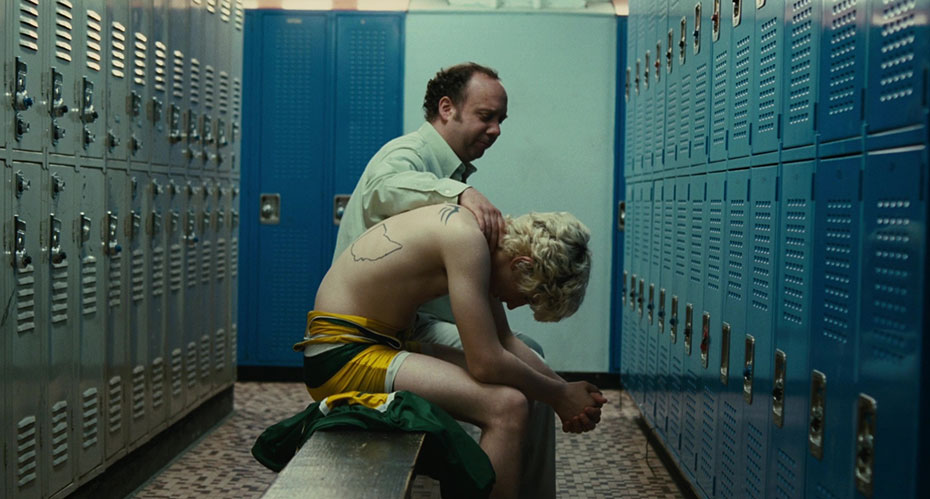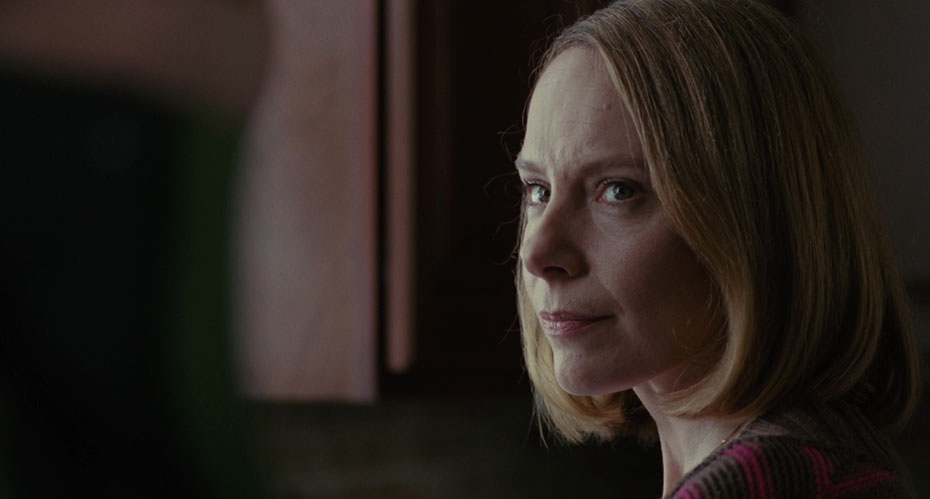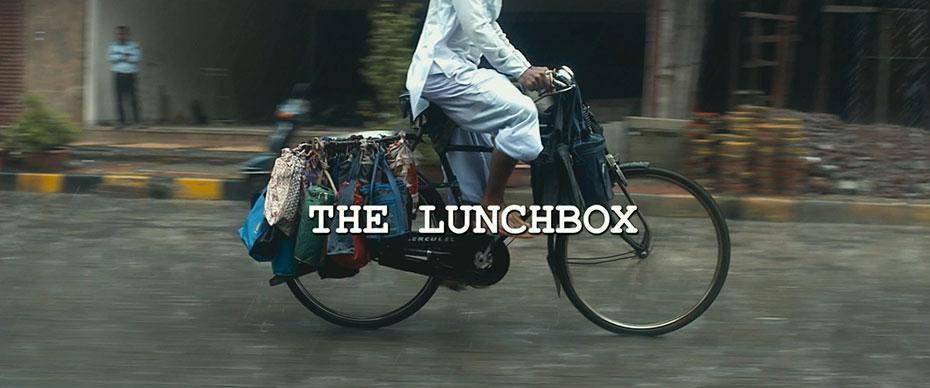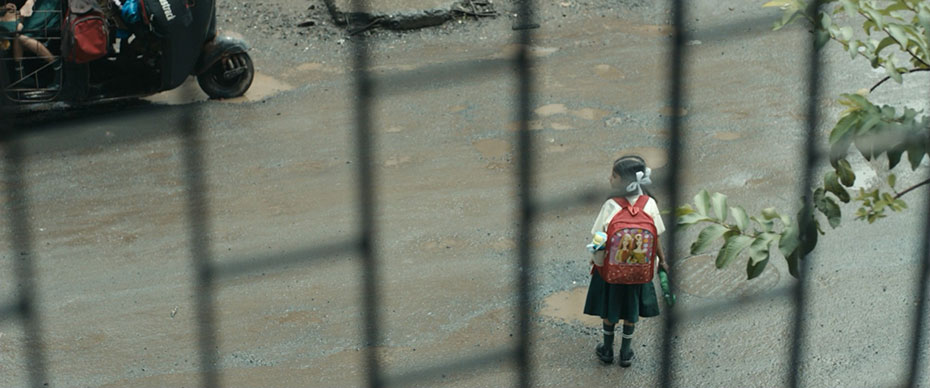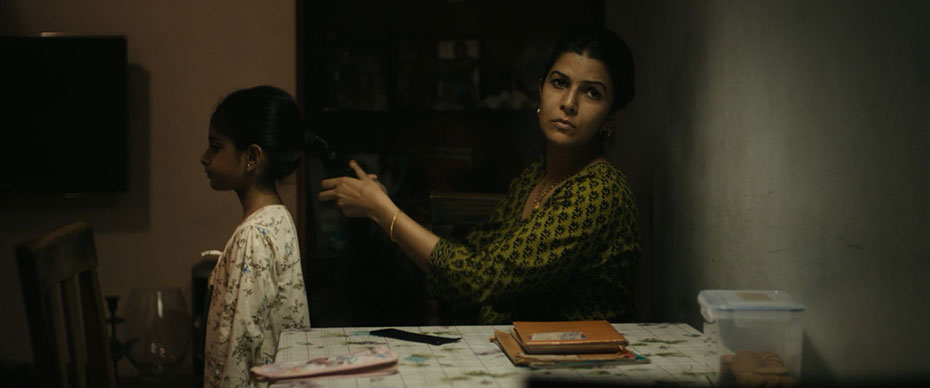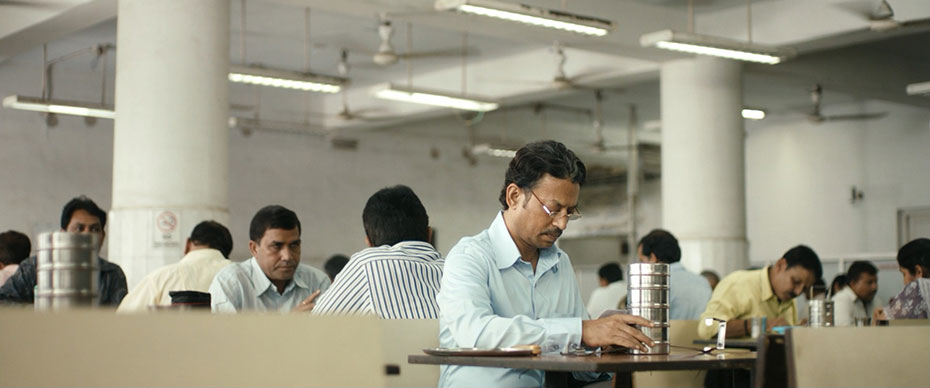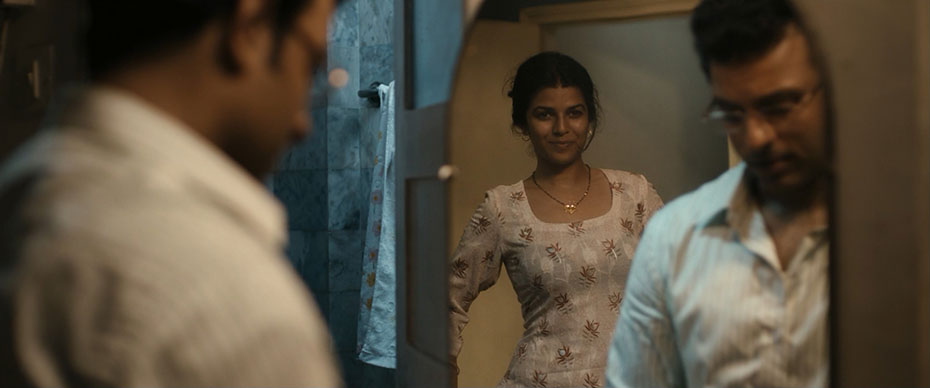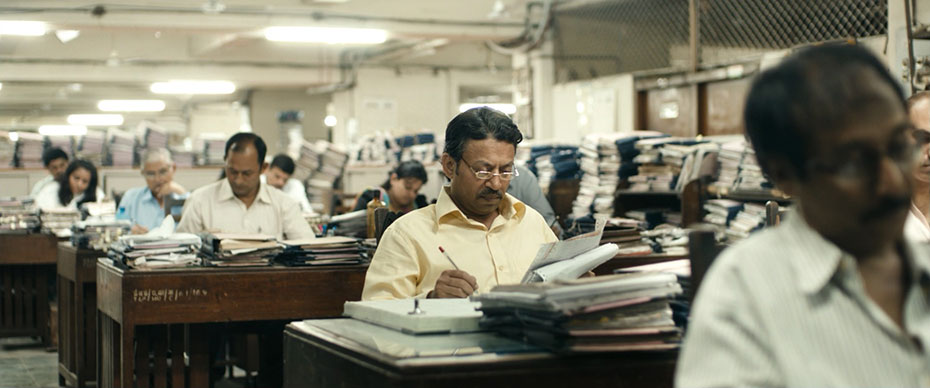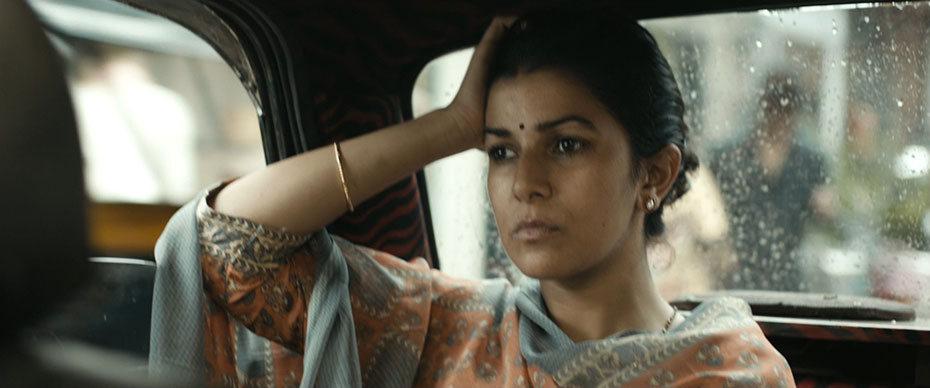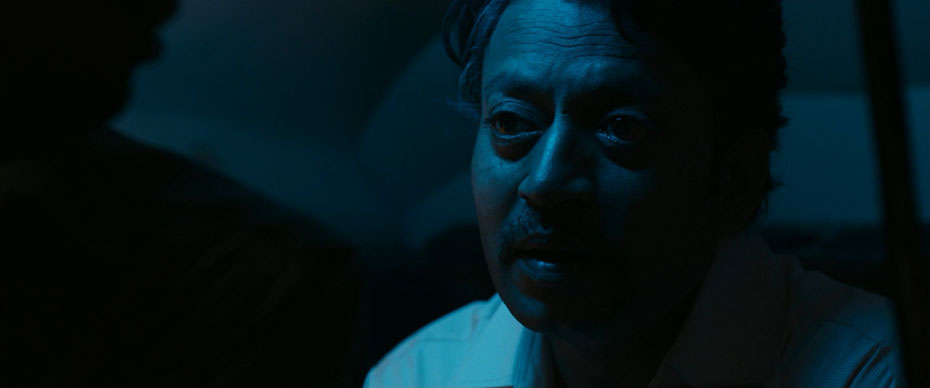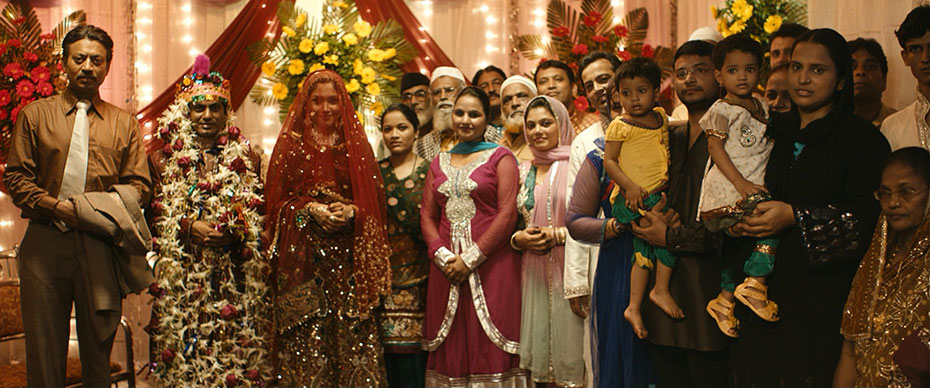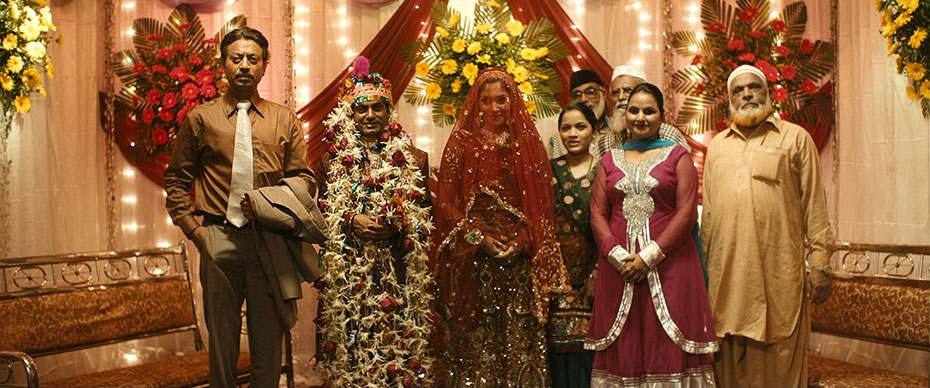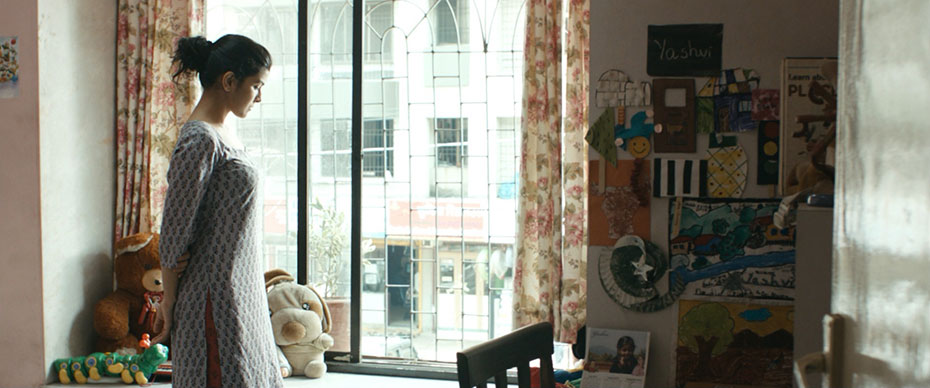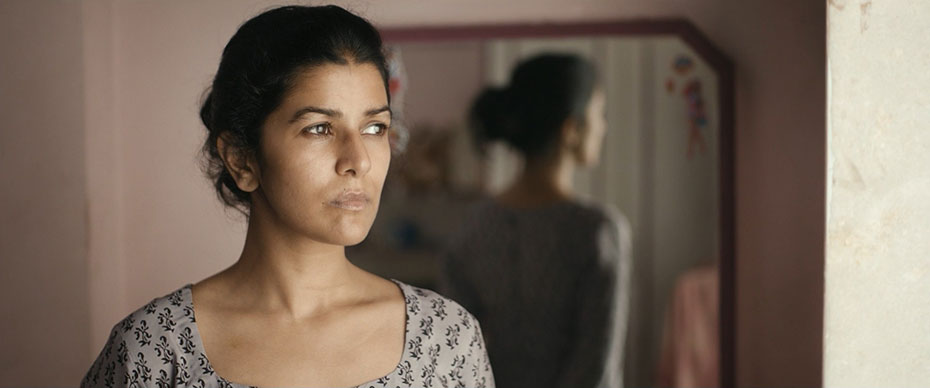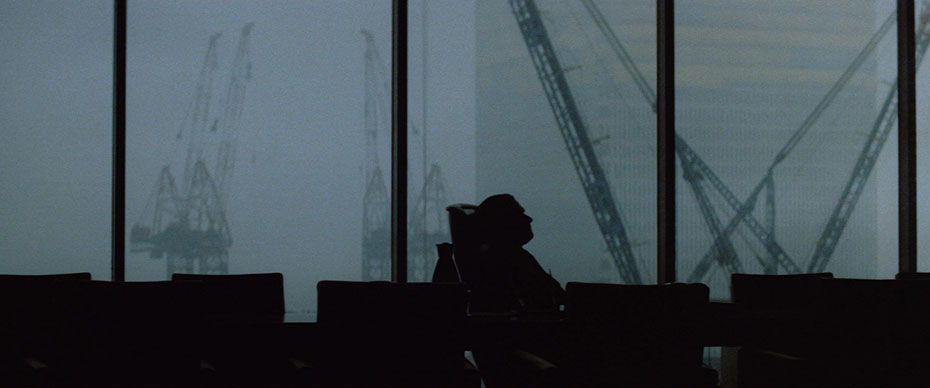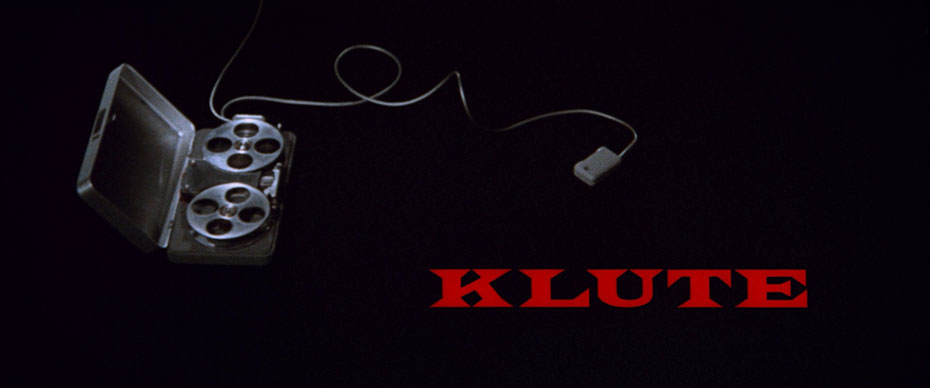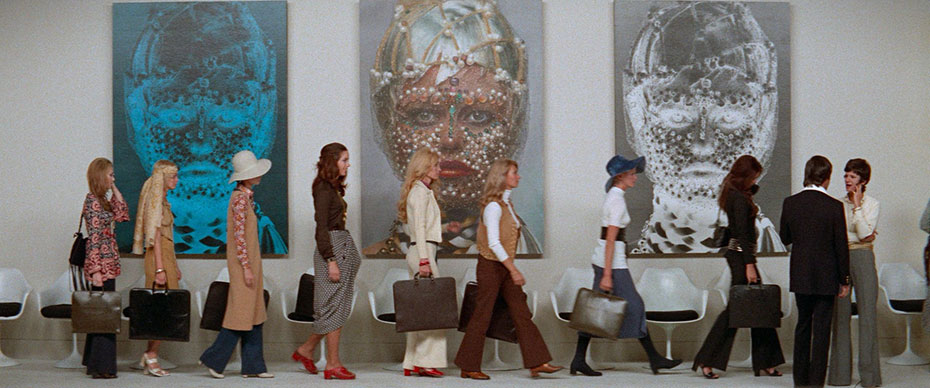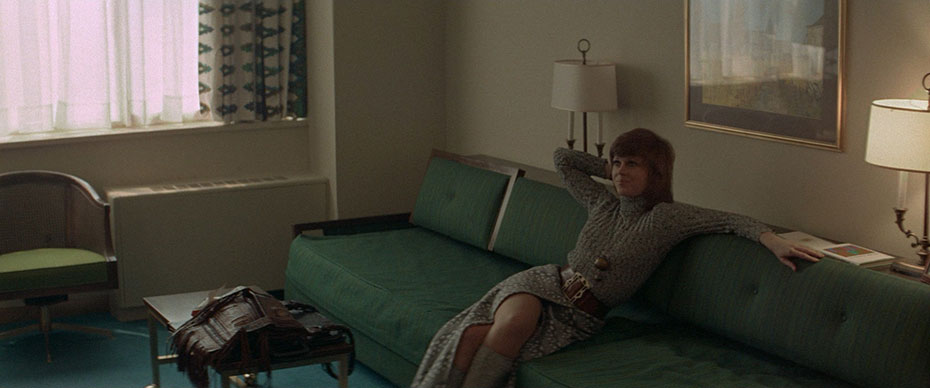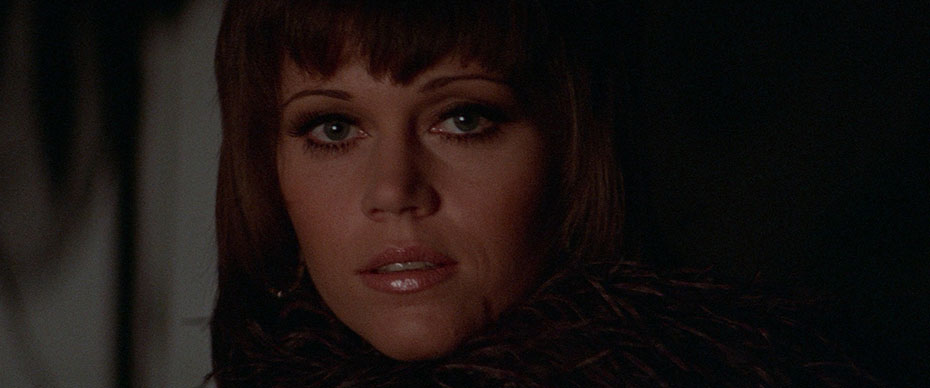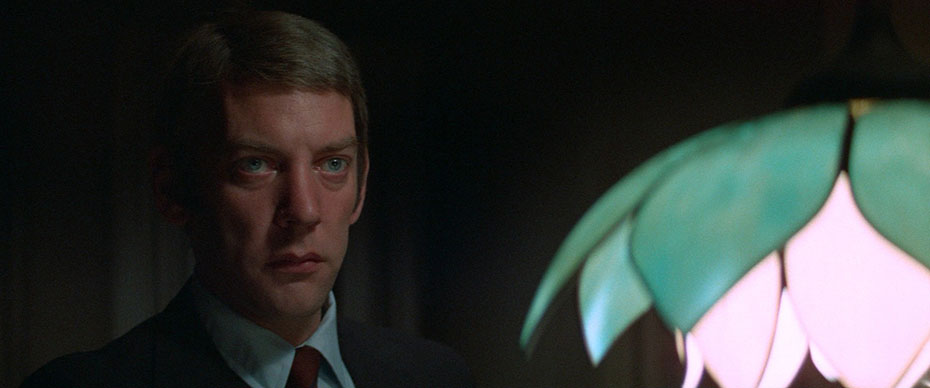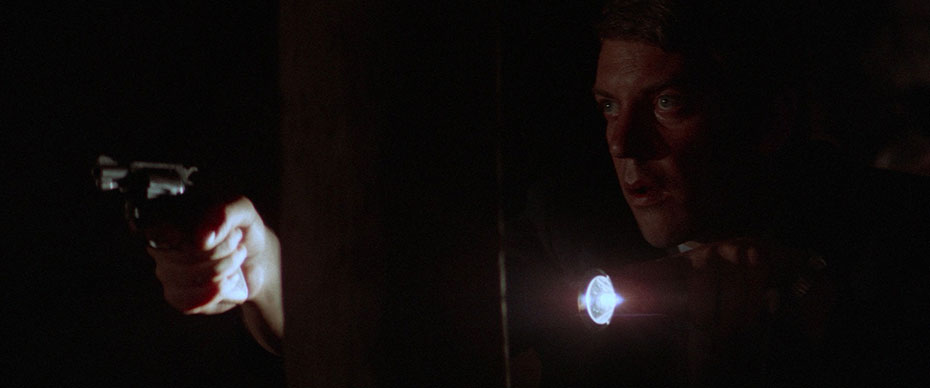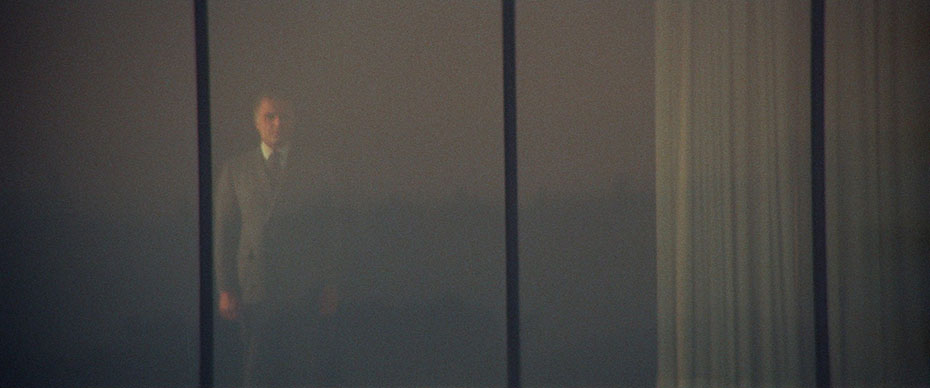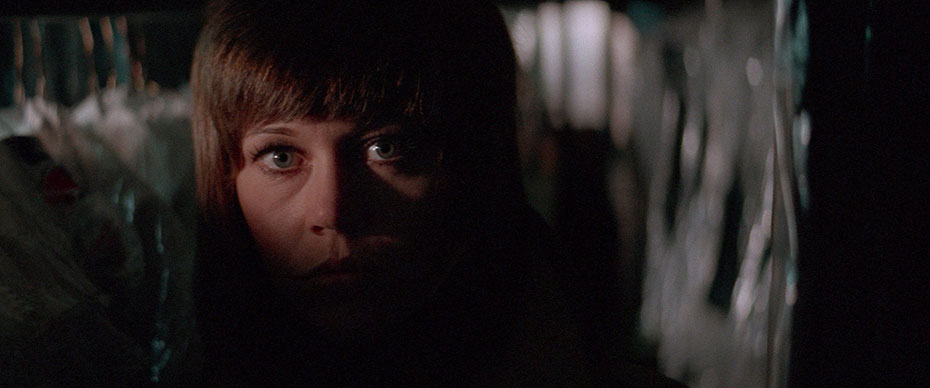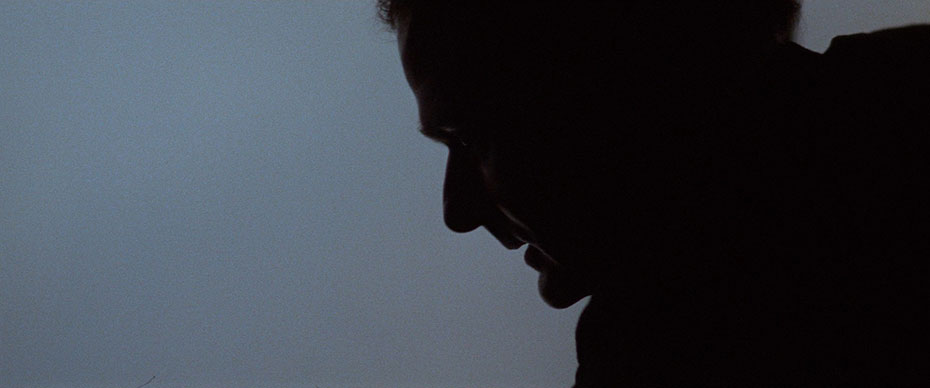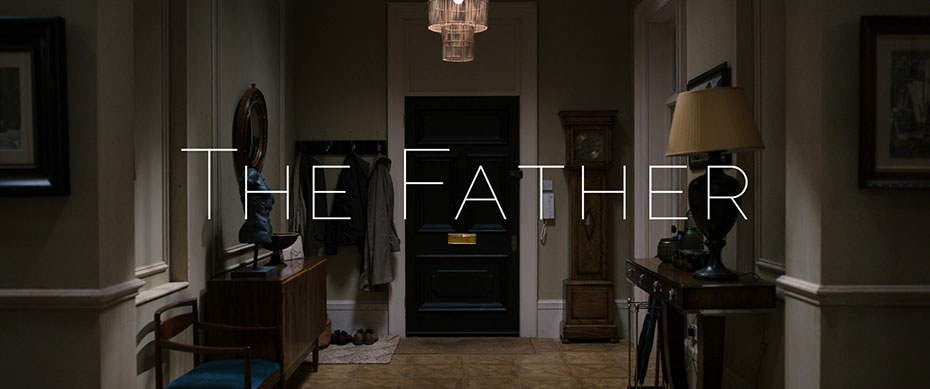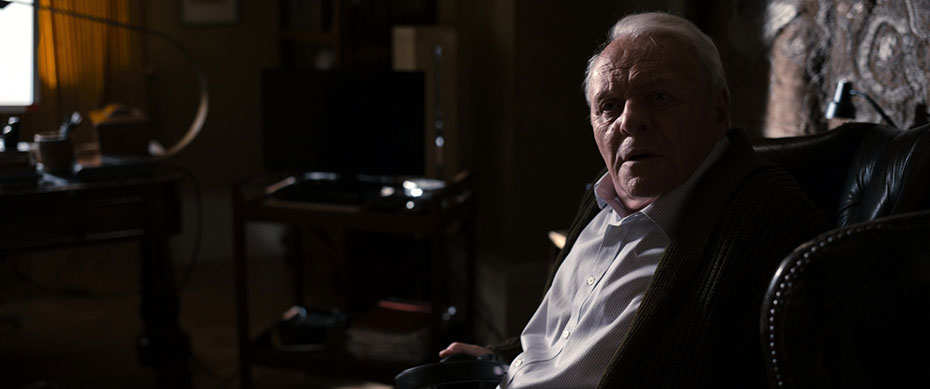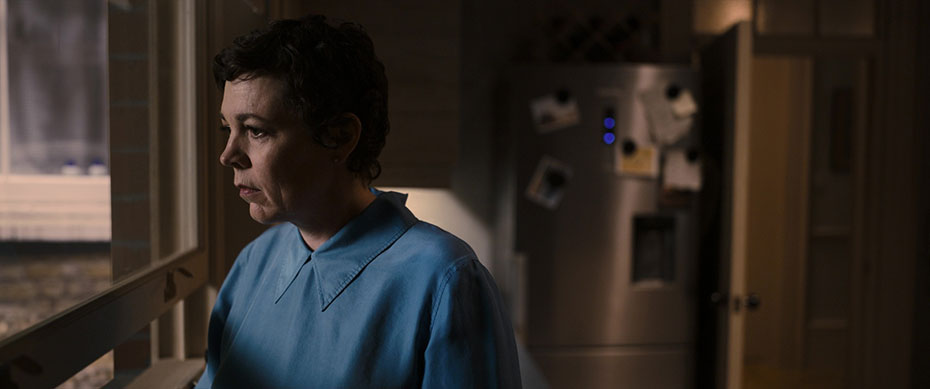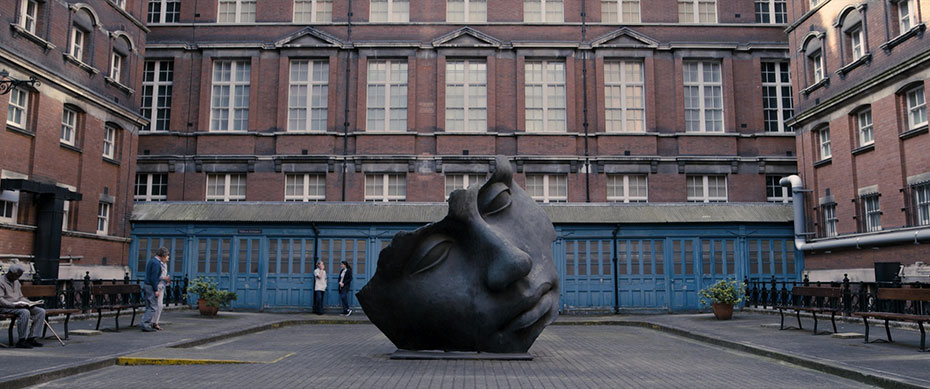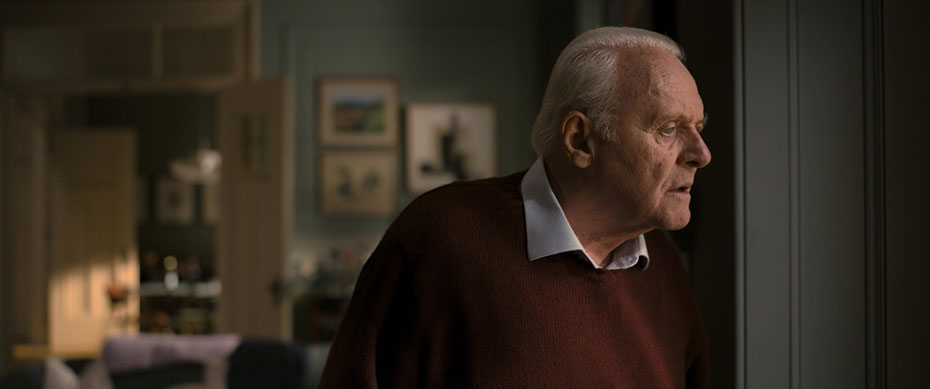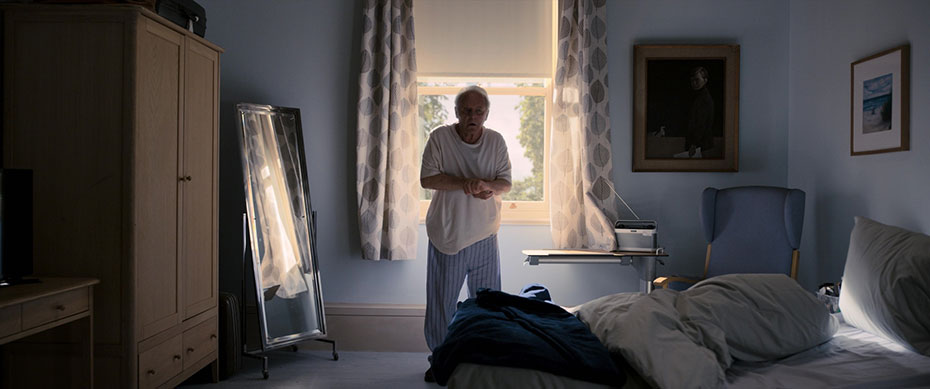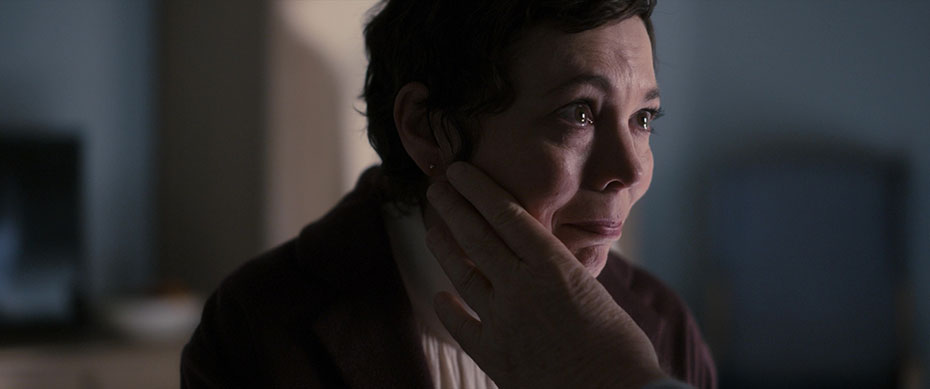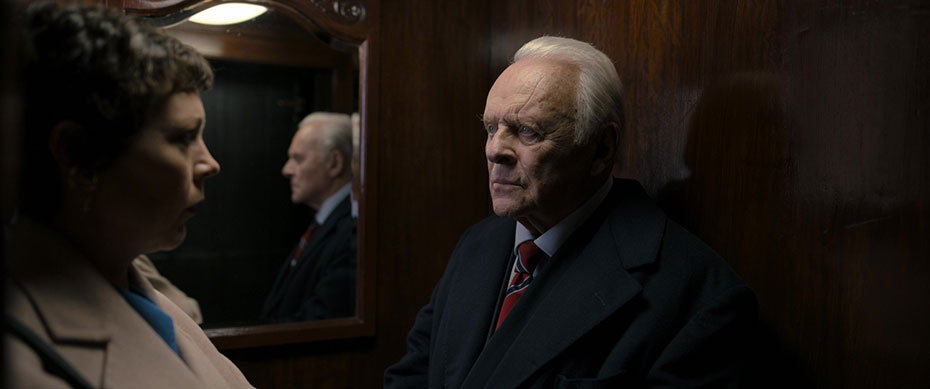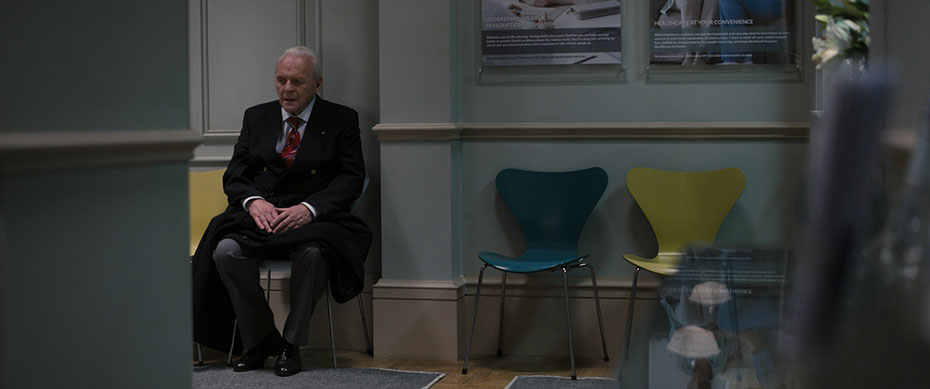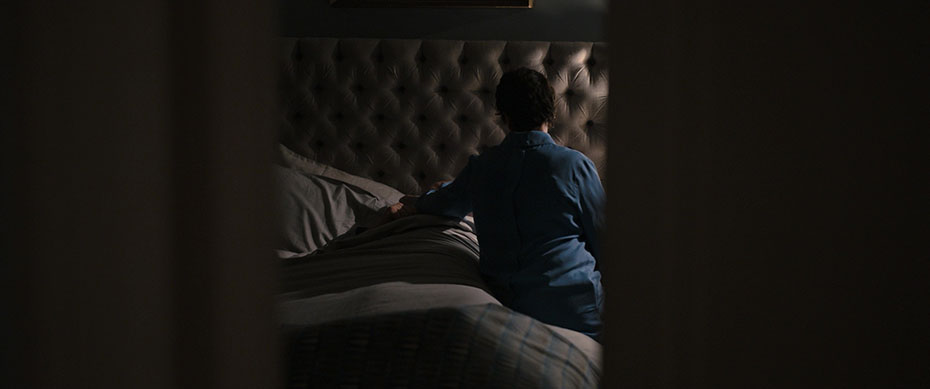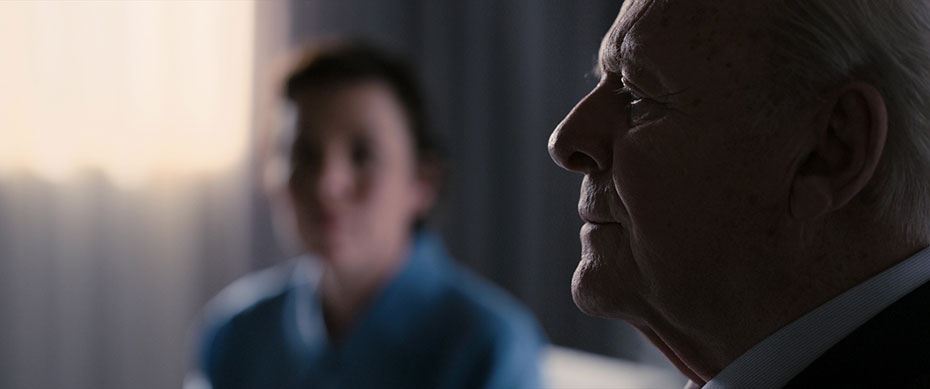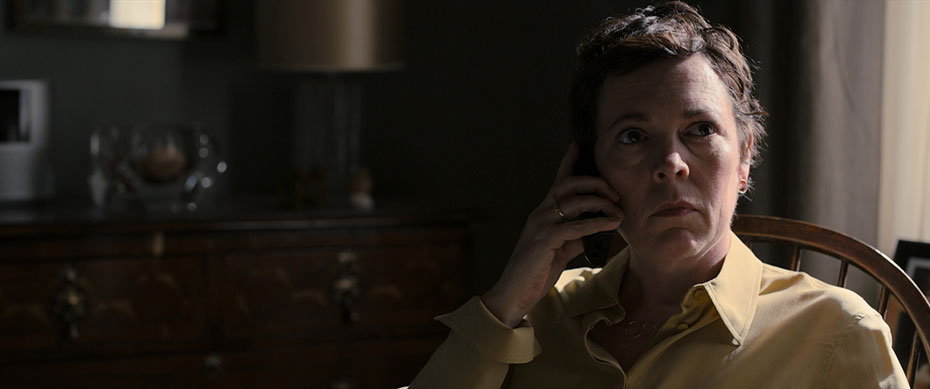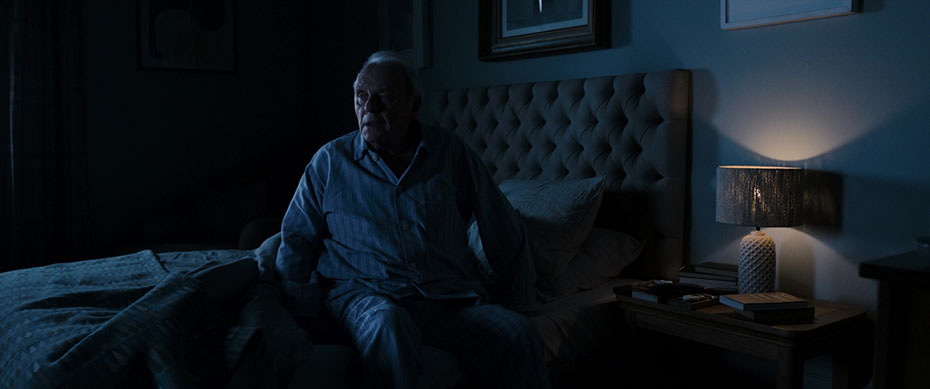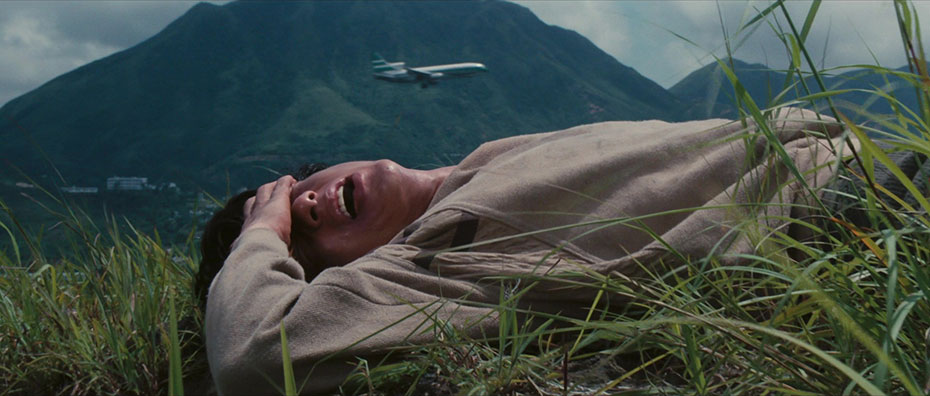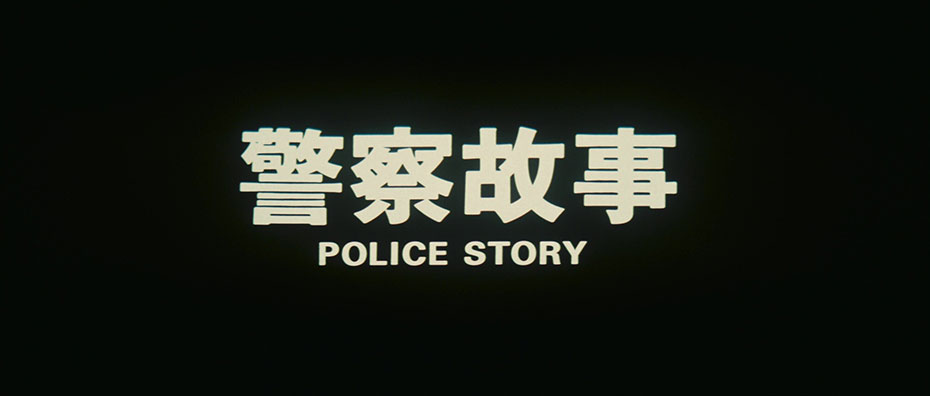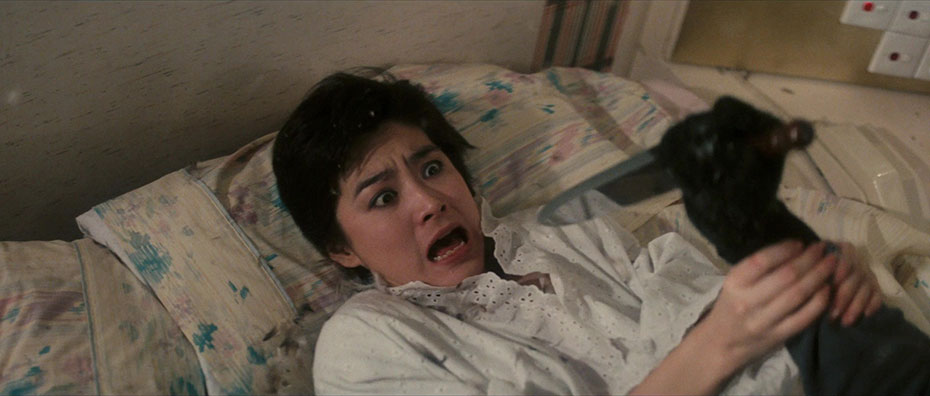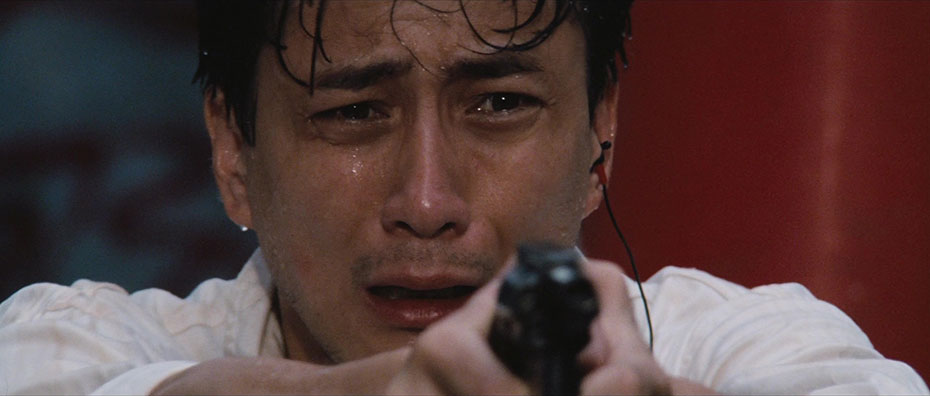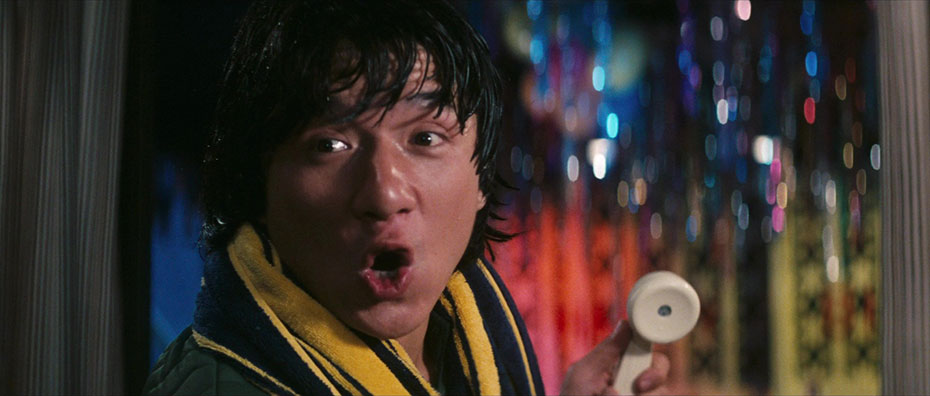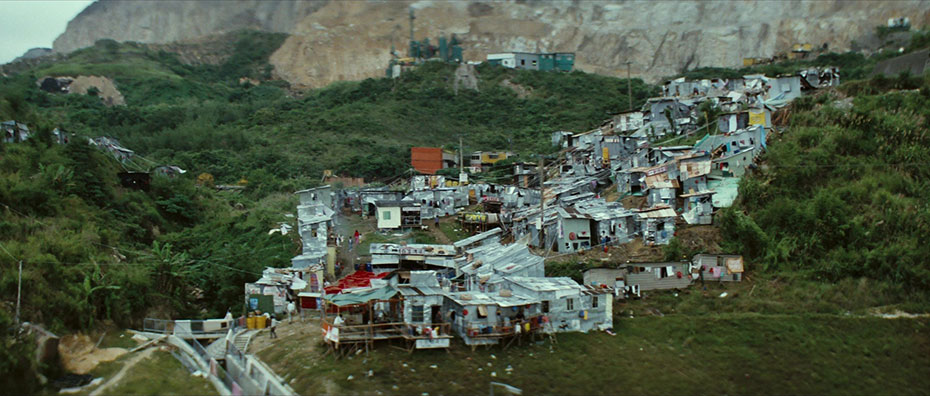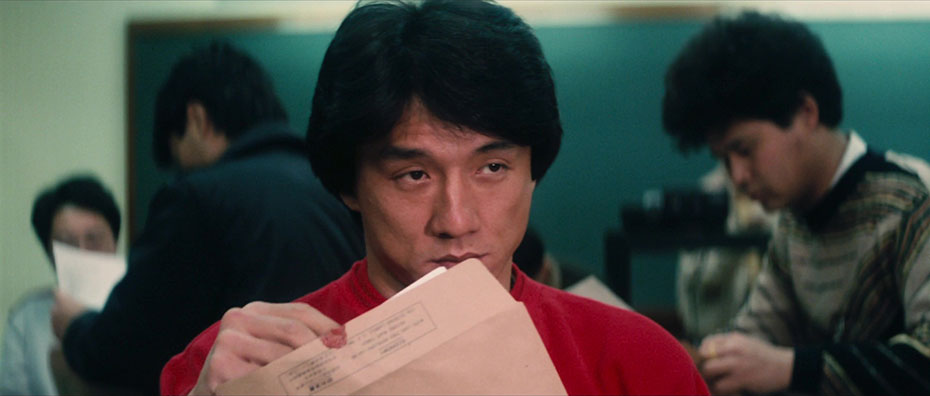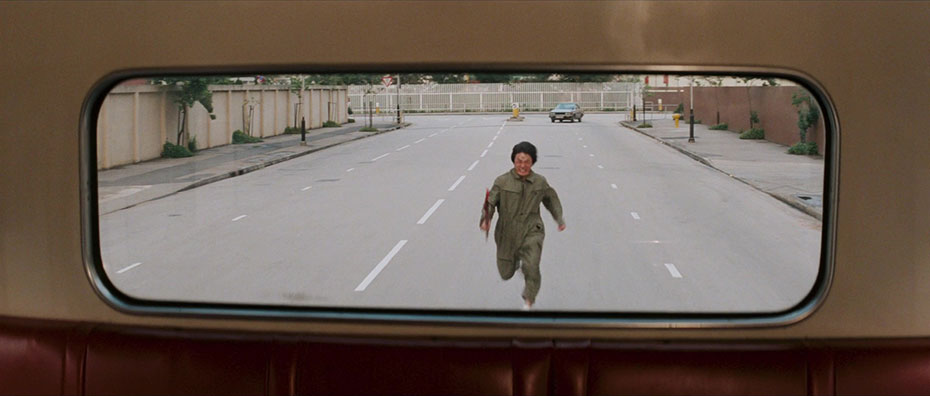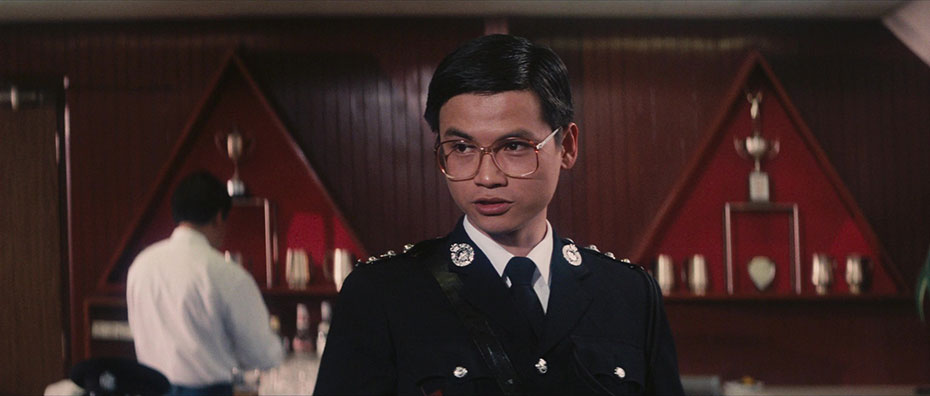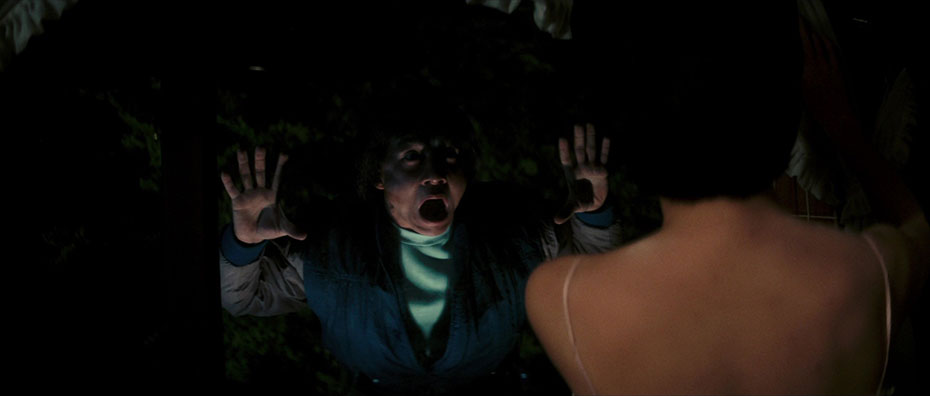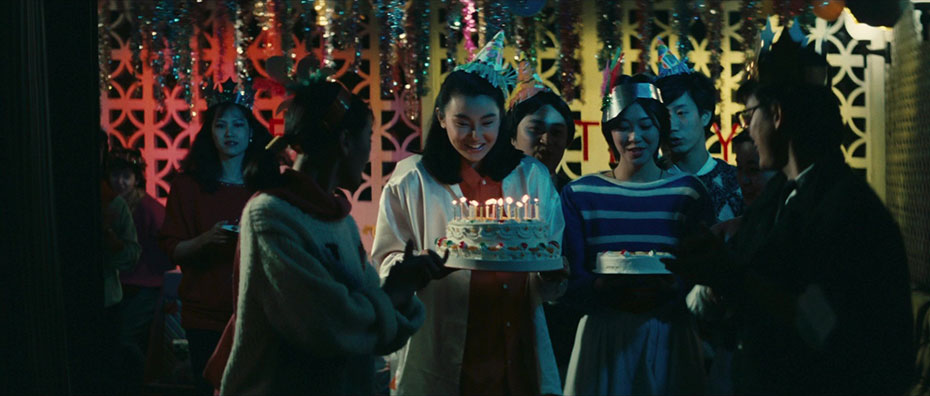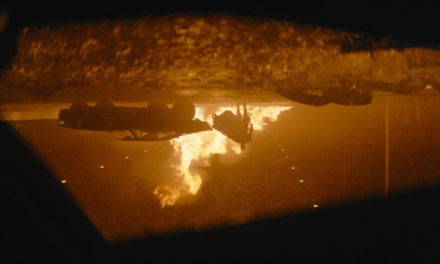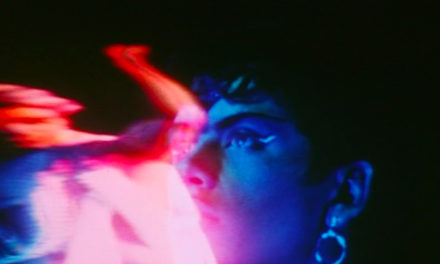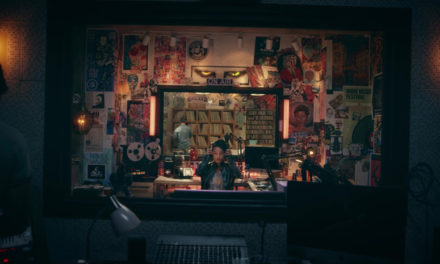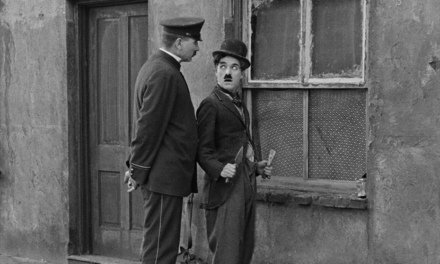THE TUESDAY DROP – 09/28
09.28.21 / New Shots
ANNIHILATION (2018)
ANNIHILATION is a sci-fi thriller based on a science fiction novel about a biologist adventuring with her team into a mysterious zone to find out what threat it holds inside. The film was the second collaboration between writer/director Alex Garland and cinematographer Rob Hardy, after their 2014 sci-fi drama Ex Machina. In preparation for production, Rob Hardy would visit botanical gardens and other places with lush foliage and take still photos to find inspiration, as the film dealt with the strange behavior of nature left to its own devices. Hardy and Garland also sought draw a nuanced visual distinction between the mysterious natural zone (called “Area X”) and the regular world, and opted to do so by shifting cameras in each setting – the Sony F65 for the regular world and the Red Weapon Dragon for Area X. The end result is a subtle, almost subconscious sense within the viewer that their perception itself is being altered in one space vs. the other.
AKIRA (1988)
AKIRA is a Japanese animated action film written and directed by Katsuhiro Otomo, based on his 1982 manga of the same name. At the time, it was the most expensive anime film ever made before it was surpassed a year later by Kiki’s Delivery Service. Akira was one of the first Japanese animated features to reach a wider western audience and quickly became a cult classic of the midnight movie circuit in major American cities. Since its release, the film has gone on to become one of the most influential animated works of all time, inspiring countless other films, tv shows, comics, and music, and is considered one of the foundational texts of the Cyberpunk genre.
Æon Flux (2005)
ÆON FLUX is a science fiction action film based on Peter Chung’s 1991 television series of the same name and starring Charlize Theron as a rebel assassin in a disease-ridden post-apocalyptic cityscape. Despite its sizable budget and scope, the film was only the second feature of director Karyn Kusama, after the success of her debut indie sports drama Girlfight. The filmmakers wanted the futuristic setting to still feel grounded and realistic, and given the fascistic tendencies of the story-world government, they chose to shoot much of the film in real locations around Berlin, Germany. This choice of location allowed the team to make use of the Bauhaus-style architecture and limit their reliance on building CGI environments. Kusama, and cinematographer Stuart Dryburgh, felt that the unbroken lines and stone/brick edifices of these buildings would provide an engaging and unique visual contrast as settings for the otherwise highly stylized and immaculately choreographed action sequences.
THE LOST CITY OF Z (2016)
THE LOST CITY OF Z is an adventure drama based on the true story of a 1920s British Explorer who went missing while searching for a secret city in the Amazon. The film was directed by James Gray and shot by Iranian-French cinematographer Darius Khondji, the second collaboration of the two filmmakers after 2013’s The Immigrant. The Lost City of Z was shot on 35mm using anamorphic lenses, which Gray felt would provide a more nostalgic, impressionistic feel to the film, as though viewed through the lens of memory rather than grounding the audience in the moment. Shooting on film also allowed the filmmakers to simplify their production methods, forgoing the plethora of cables and monitors that normally accompany digital cameras, and embracing natural light whenever possible. The flip-side of this minimalist jungle shoot being that the crew would often have to transport all their gear on a handful of 14ft boats, sometimes through river rapids, to reach their location for the day.
THE YARDS (2000)
THE YARDS is a crime drama written written and directed by James Gray, based on the true story of a corruption scandal in the mid-1980s involving James Gray’s father. At the turn of the millennium, cinematographer Harris Savides was primarily known for his work in commercials and music videos, however with his work on The Yards, along with David Fincher’s The Game and Gus Van Sant’s Finding Forrester, Savides cemented his place as one of the freshest and most poetic voices in feature cinematography – a legacy that was tragically cut short with his untimely passing in 2012. Despite being a story of bribery and corruption, themes that often lend themselves to a heavy reliance on tropes of the crime or gangster genre, Gray eschewed easy stereotypes and well-worn tropes, allowing his characters to exist in morally nuanced and emotionally conflicted states. This approach to character storytelling has become a hallmark of Gray’s work, repeated in such unlikely projects as his epic yet emotionally intimate space film Ad Astra and his jungle adventure drama The Lost City of Z.
WIN WIN (2011)
WIN WIN is a comedy-drama starring Paul Giamatti, written and directed by Tom McCarthy, which premiered at the Sundance Film Festival. McCarthy, known as an actor’s director, was very concerned with developing a visual style that would serve as fertile ground for the emotional tone of the story but never call attention to itself or distract the audience from the performances. In this spirit, cinematographer Oliver Bokelberg and production designer John Paino, focused on building a pallet of muted, often cool tones and low key lighting during the relatively drab domestic and office settings that would allow the bold yellow & green and bright flat light of the wrestling gym to pop, drawing out the high energy comedic elements of those sequences.
THE LUNCHBOX (2013)
THE LUNCHBOX is an Indian romantic drama about a mistake in a lunchbox delivery system that connects two people who begin to build a fantasy world through passing notes back and forth. The film was written, edited, and directed by Ritesh Batra and was screened at the 2013 Cannes Film Festival, winning the Grand Rail d’Or prize. Batra and cinematographer Michael Simmonds sought to capture a sense of isolation and loneliness within clusters of people in offices or large public spaces, often by framing their subjects in medium wide or wide shots with a relatively shallow depth of field. The film also relies heavily on extended sequences with little to no dialogue where the framing, editing, and the body language of the characters is able to drive the story alone – an emphasis on pure cinematic filmmaking that is not often found in independent romantic dramas of this sort
KLUTE (1971)
KLUTE is a neo-noir crime thriller in which a small-town detective (Donald Sutherland) searches for a missing man with the help of a New York City sex worker (Jane Fonda) as his only lead. The film was directed by Alan J. Pakula and shot by cinematographer Gordon Willis, who is most famous his work on the Godfather trilogy. Throughout the film, Willis lives up to his moniker – “The Prince of Darkness” – making ample use of low/no key lighting and silhouettes in bold and unconventional circumstances. This technique provides the audience with the sense that no one in this world is to be trusted and every character is a potential suspect in the mysterious disappearance. Additionally, Fonda’s performance has had a lasting impact as an early example of humanistic and nuanced portrayals of the life of sex workers. Fonda would go on to win the Oscar for Best Leading Actress for her role in the film.
THE FATHER (2020)
THE FATHER is a critically acclaimed domestic drama centered on an aging man with dementia, played by Anthony Hopkins in an Oscar-winning performance, and his middle aged daughter, played by Olivia Colman, trying to manage his slow decline. The film was written and directed by Florian Zeller, who also wrote the 2012 stage play on which it was based, and shot by Ben Smithard. Accordingly the film takes place almost entirely in the flat of Hopkin’s character, with much of the storytelling driven by performance and dialogue. In an effort to visually translate the slowly fading memory of the titular character, production designer Peter Francis would subtly rearrange different objects like paintings and photos around the flat – giving the audience an almost subconscious sense that reality itself was out of their control.
POLICE STORY (1985)
POLICE STORY is an action comedy written, directed, and starring Jackie Chan, with many of the stunts choreographed and executed by Chan himself. The film has become a canonical work of Hong Kong action cinema and remains highly influential in the world of stunt work and fight choreography to this day. For example, the famous opening action sequence – a car chase down a hill straight through the middle of a shanty town – was repeated nearly beat for beat in the 2003 Michael Bay action film Bad Boys II. Police Story features some of the most iconic stunts of Chan’s career, such as the exceedingly dangerous slide down a pole covered in lights that shatter all over Chan as he descends. But no matter how virtuosic or death defying the sequence, Chan always places an emphasis on physical comedy in his choreography and direction, leading many to compare his work to that of silent comedy master Buster Keaton.

